Young Caregiver’s Letter to Her Father with Alzheimer’s is an animation created as a campaign to commemorate World Alzheimer's Month.
"When Melissa’s Dad was diagnosed with early-onset Alzheimer’s, she was only 14 years old. It changed the family dynamics, and she was forced to grow up to take on the responsibility of a caregiver for her Dad. “Our roles reversed,” she said. “I had to be the parent.” We tend to think of dementia as a condition that primarily affects older persons, and issues of early-onset are often overlooked, including its impact on family members.
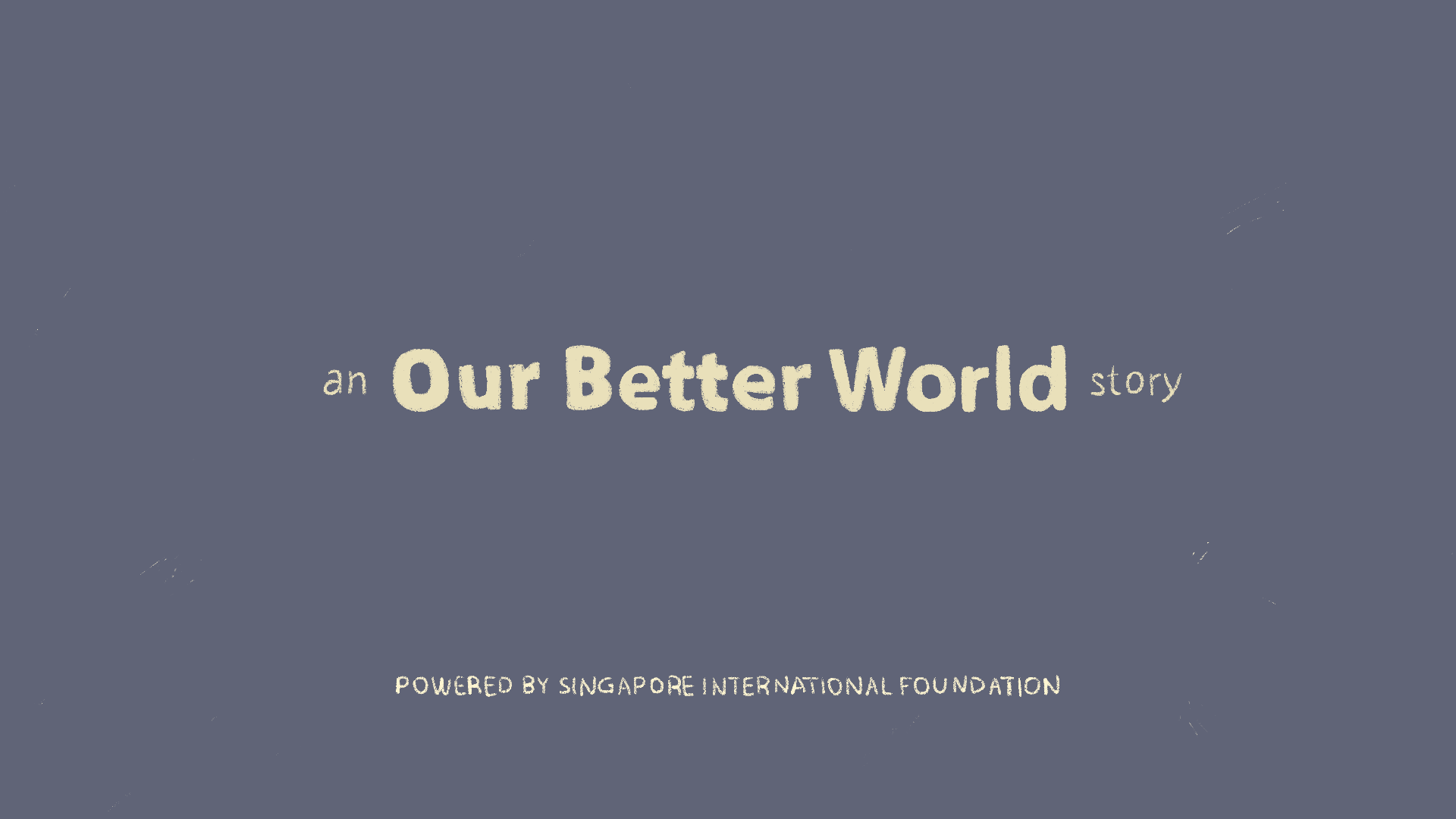
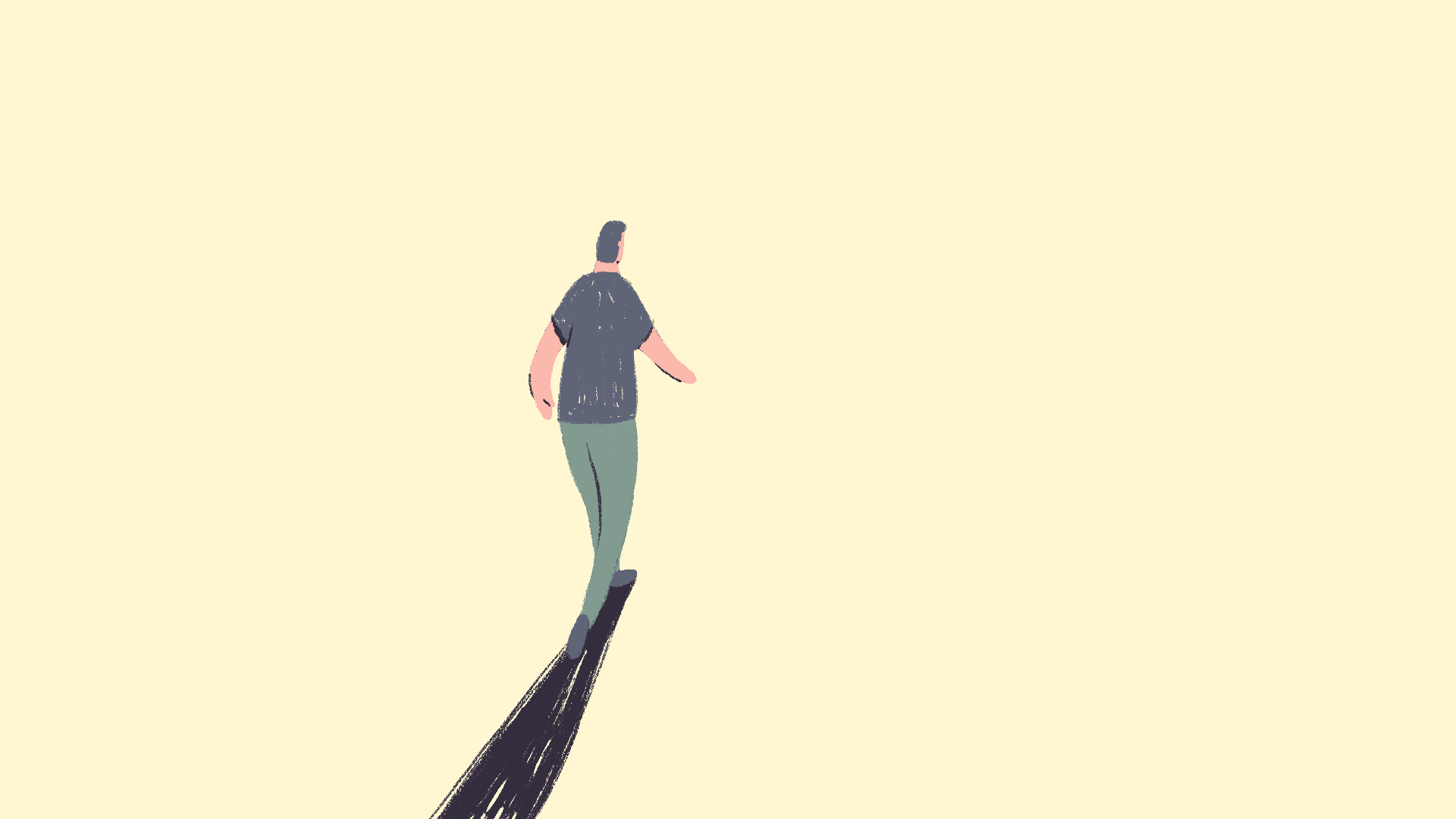
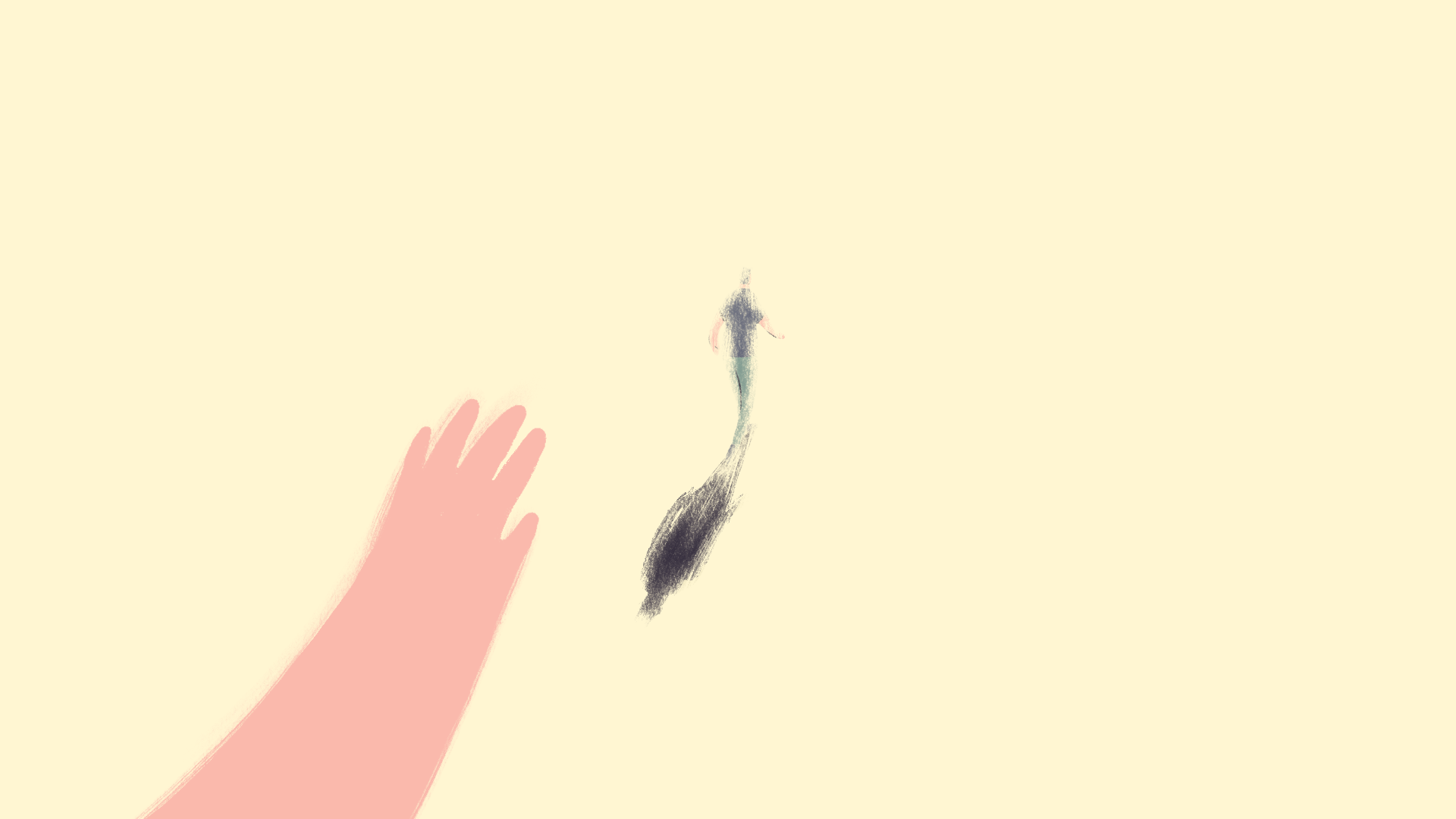
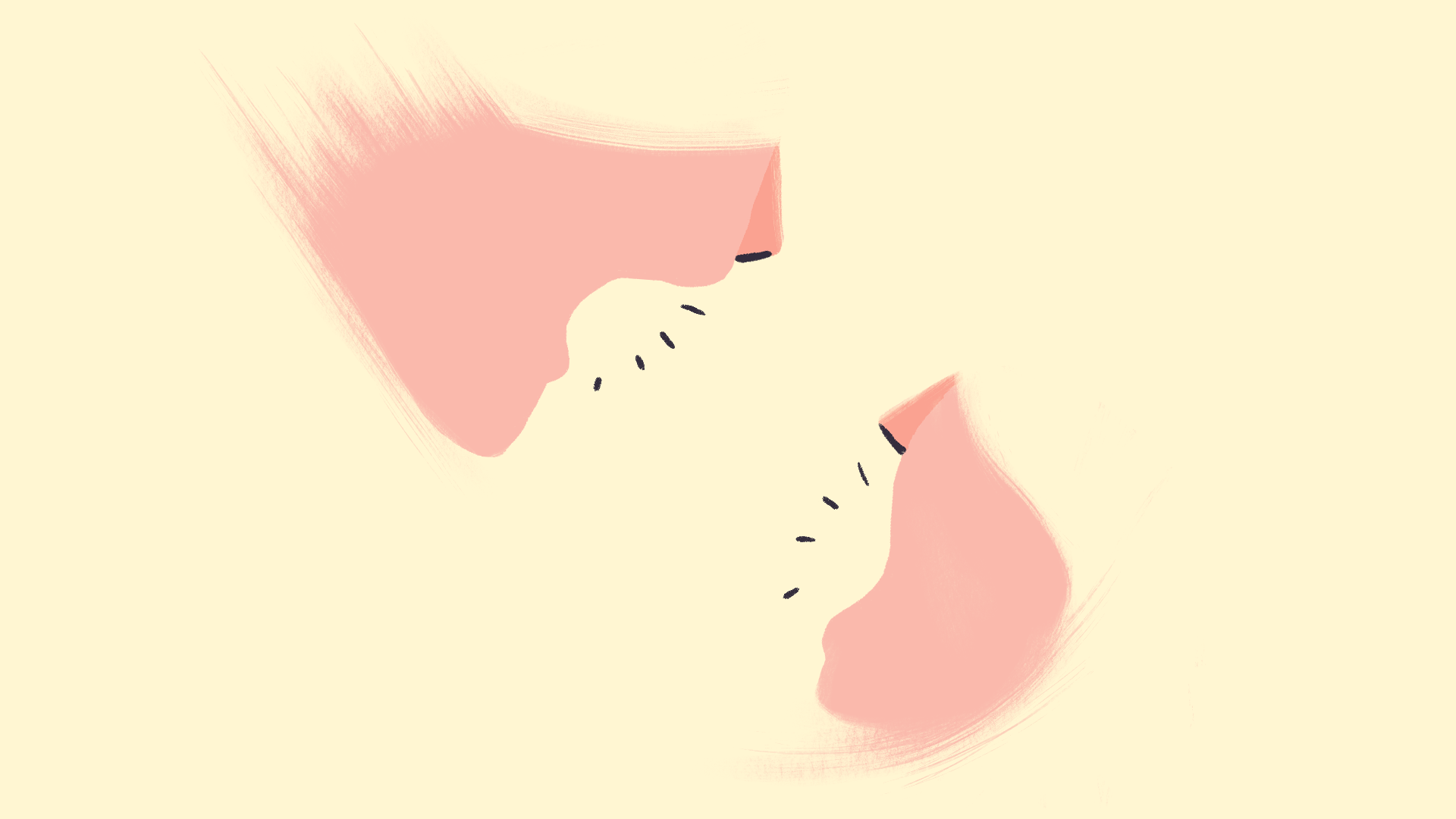
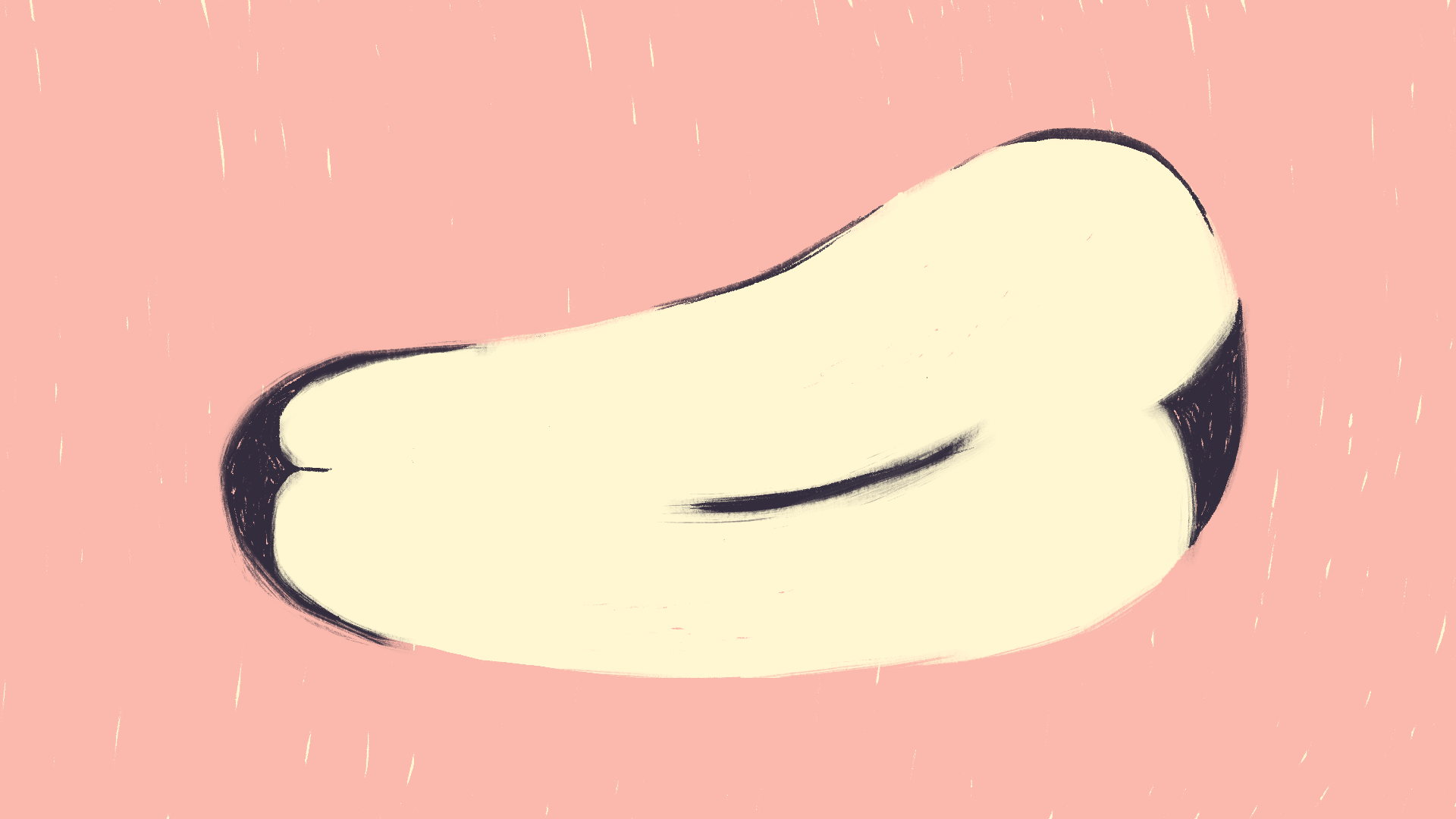
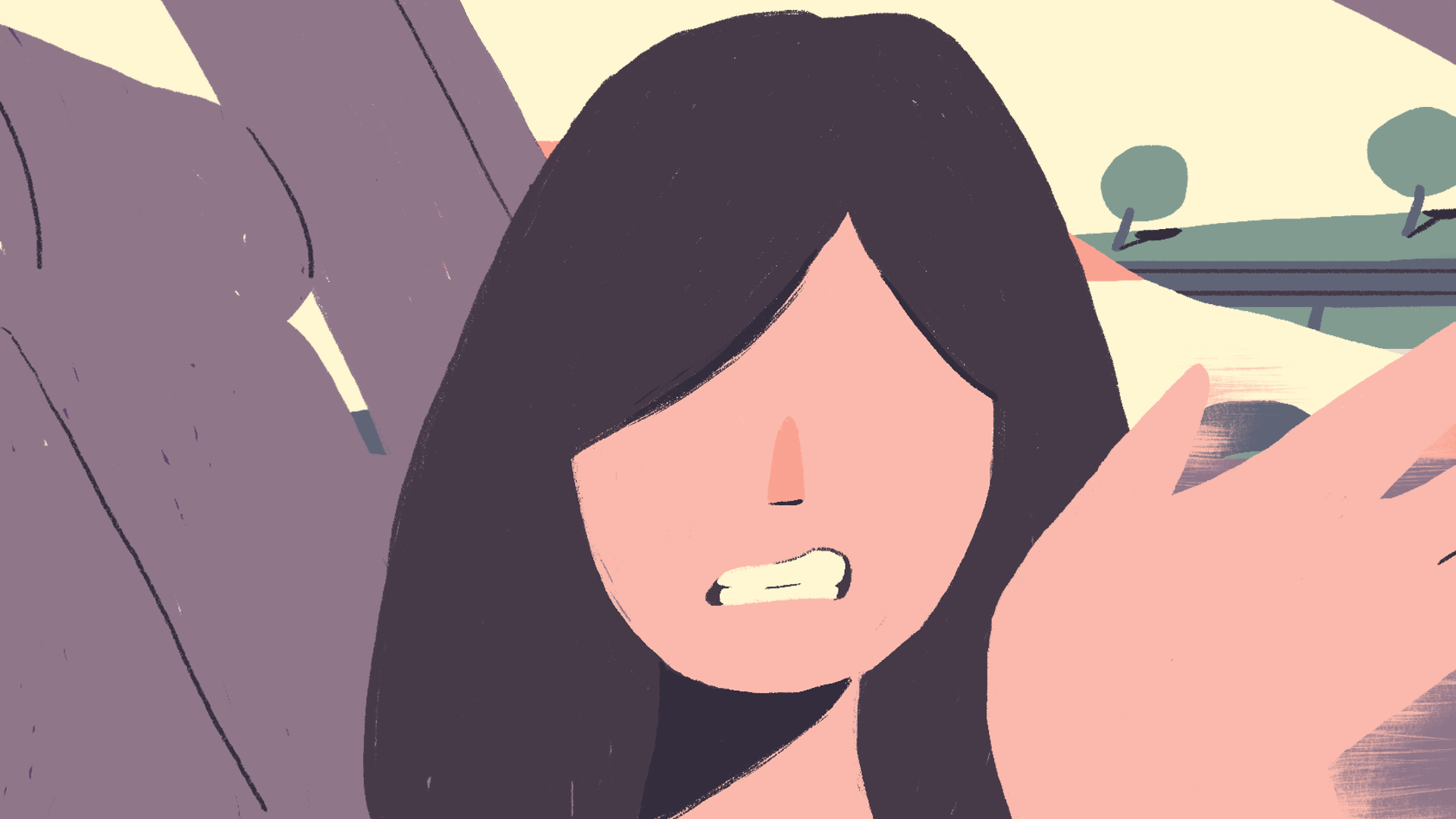
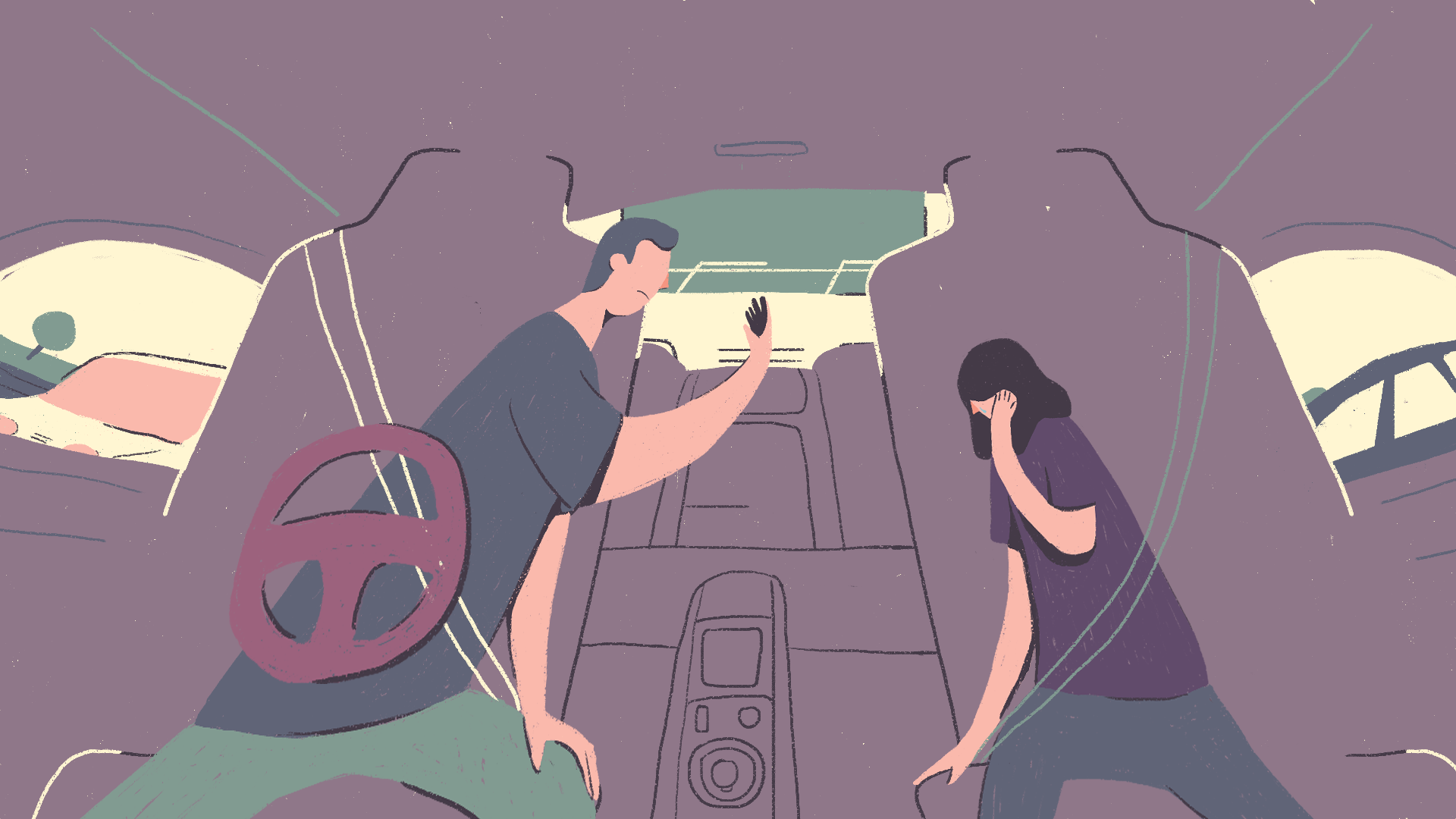
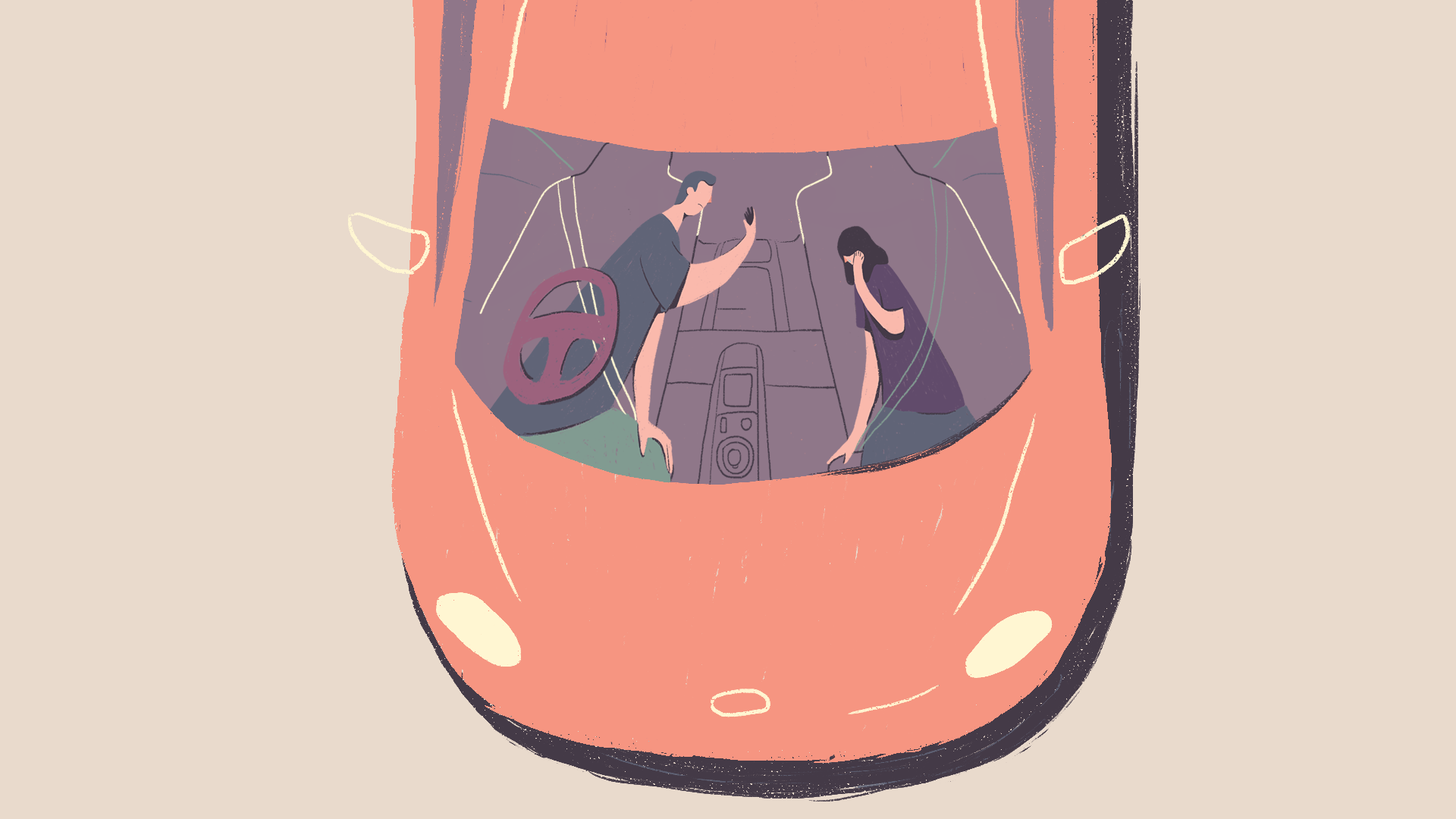
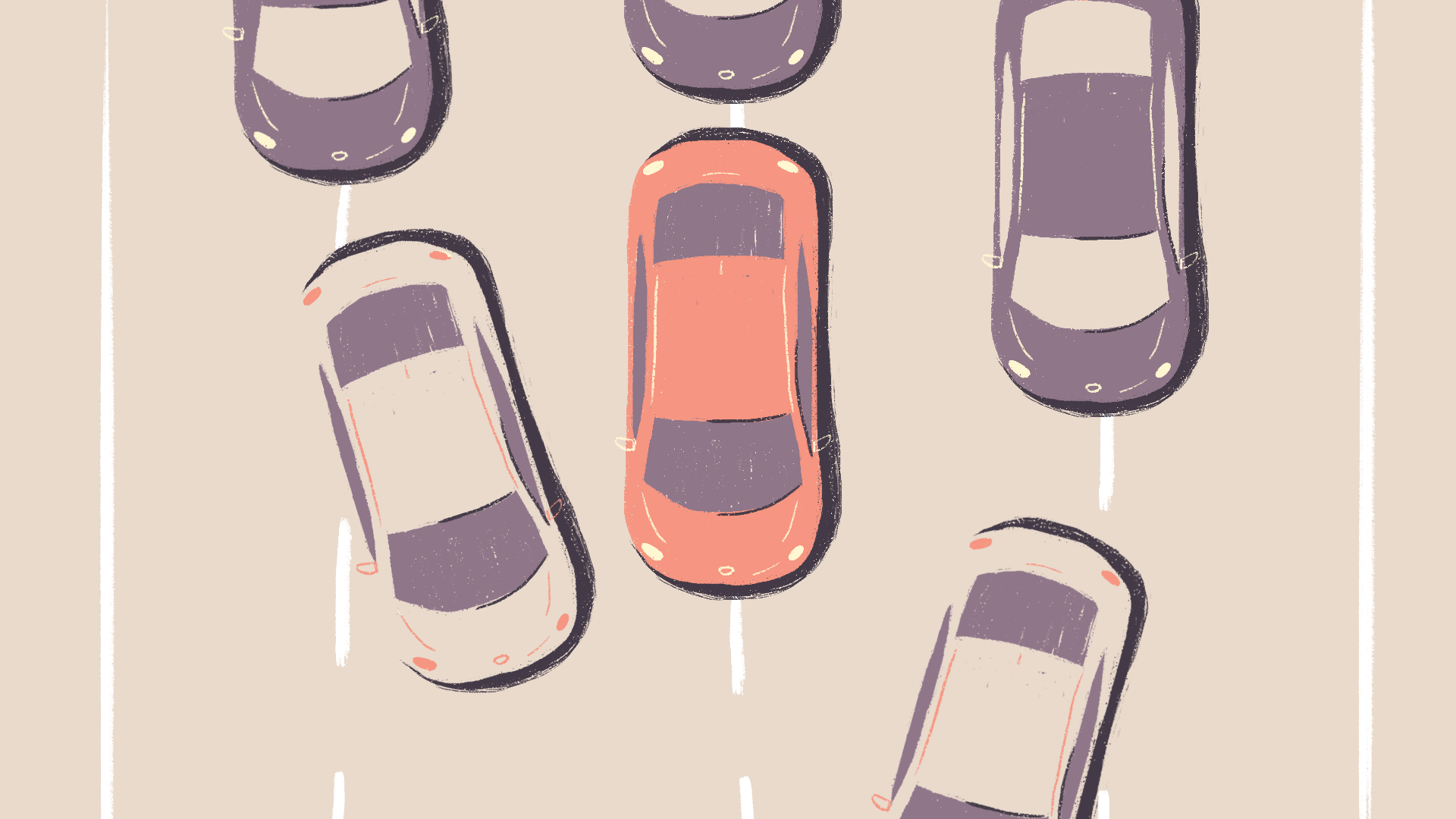
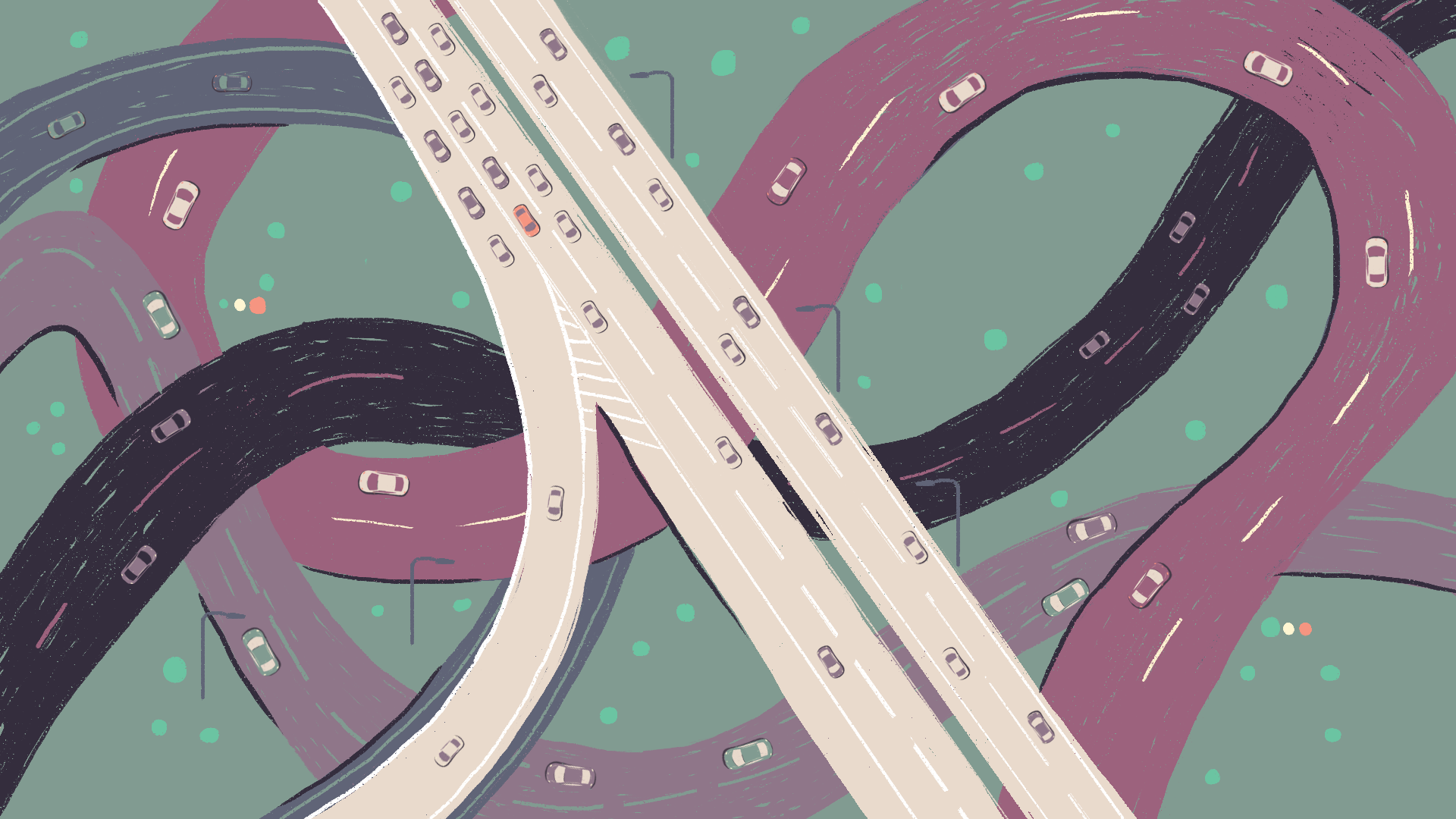
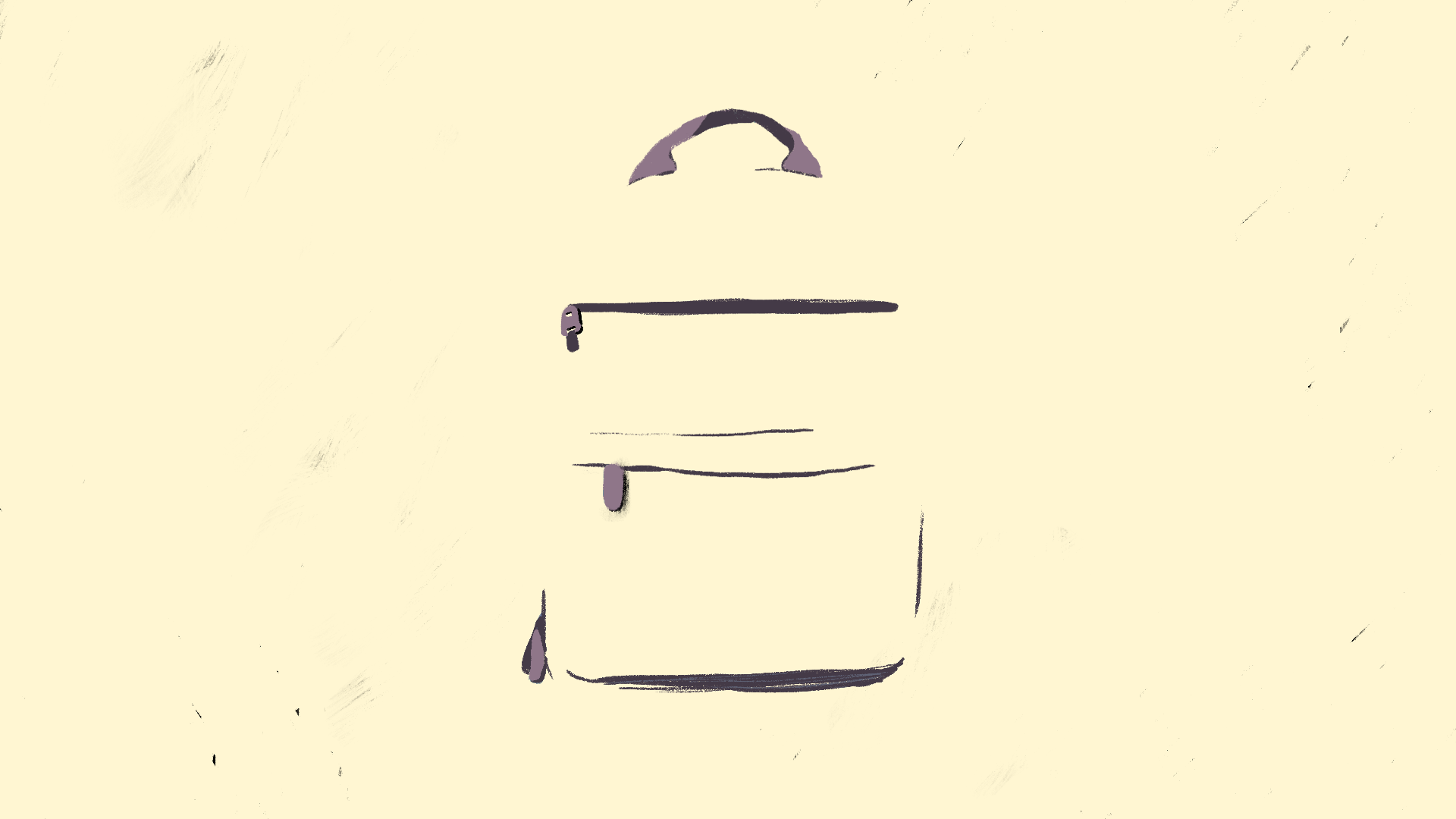
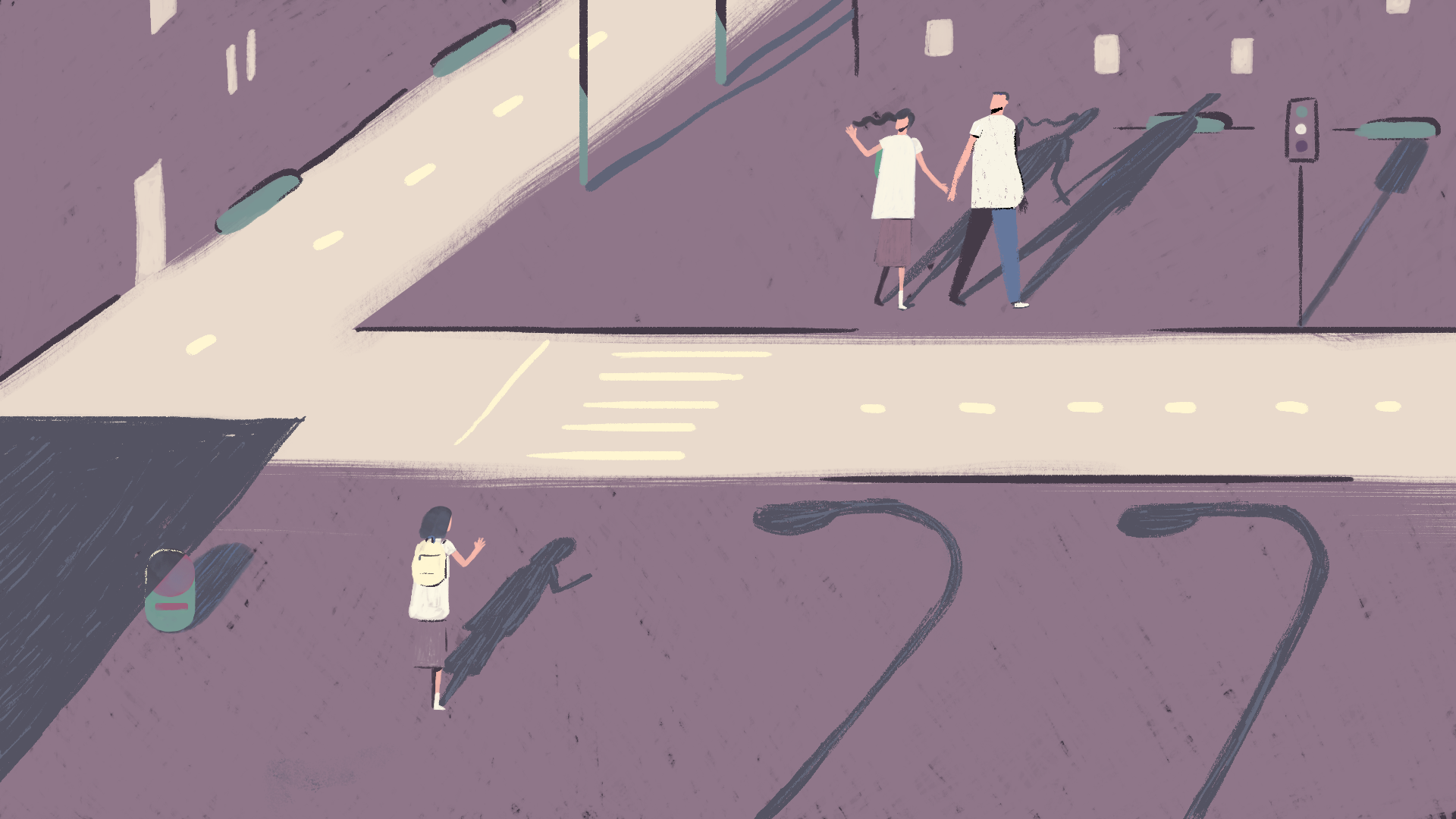
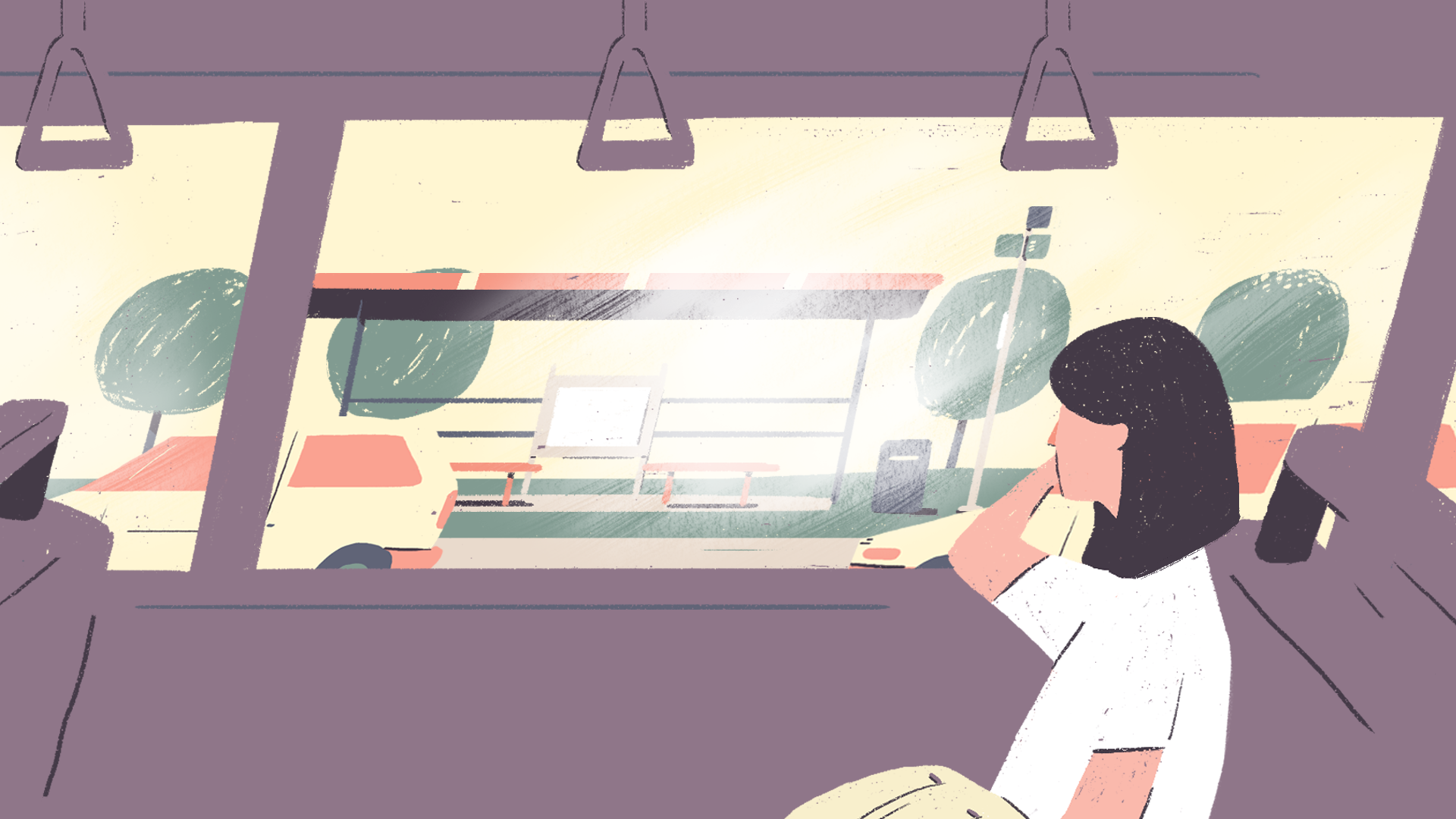
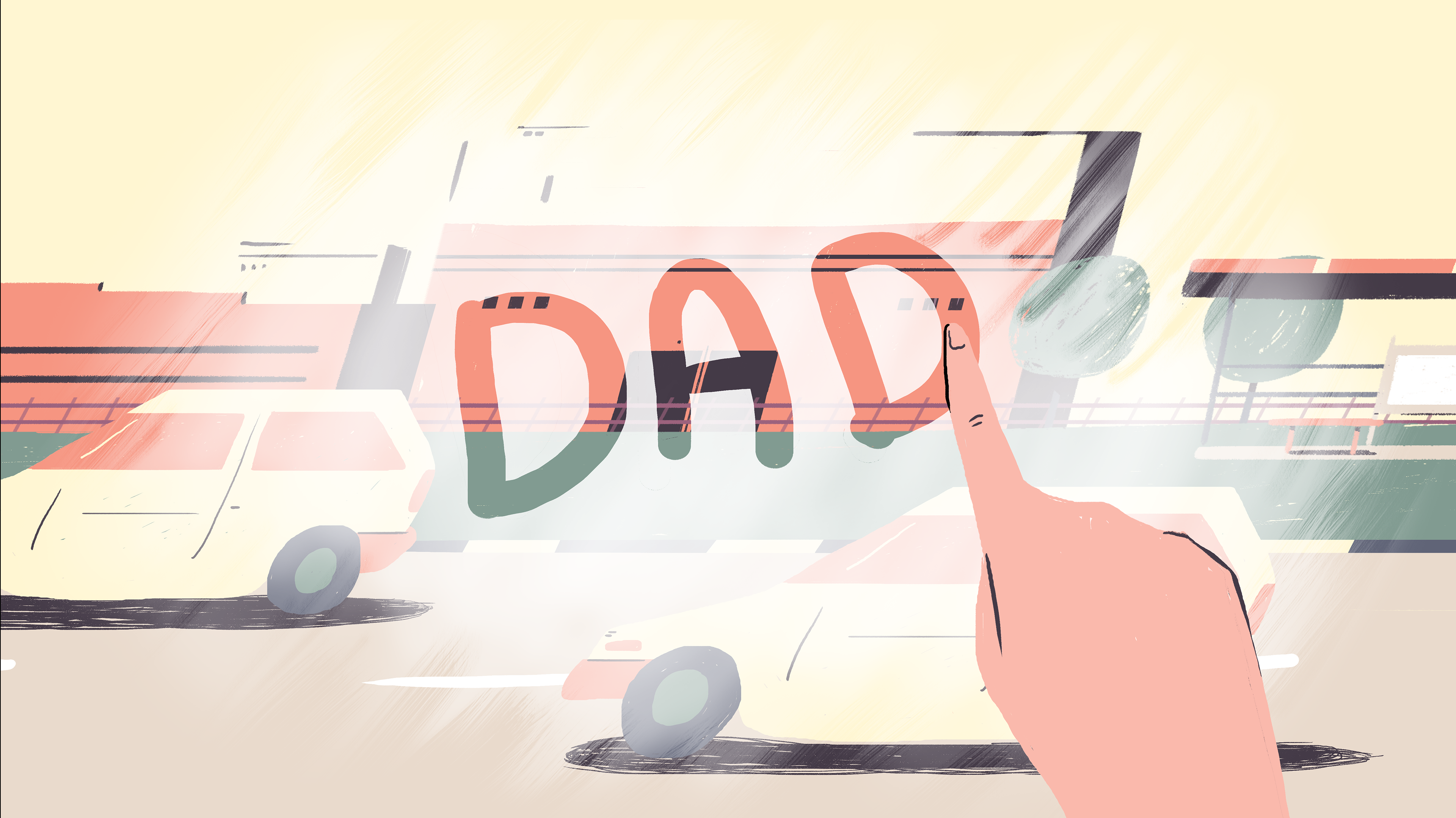



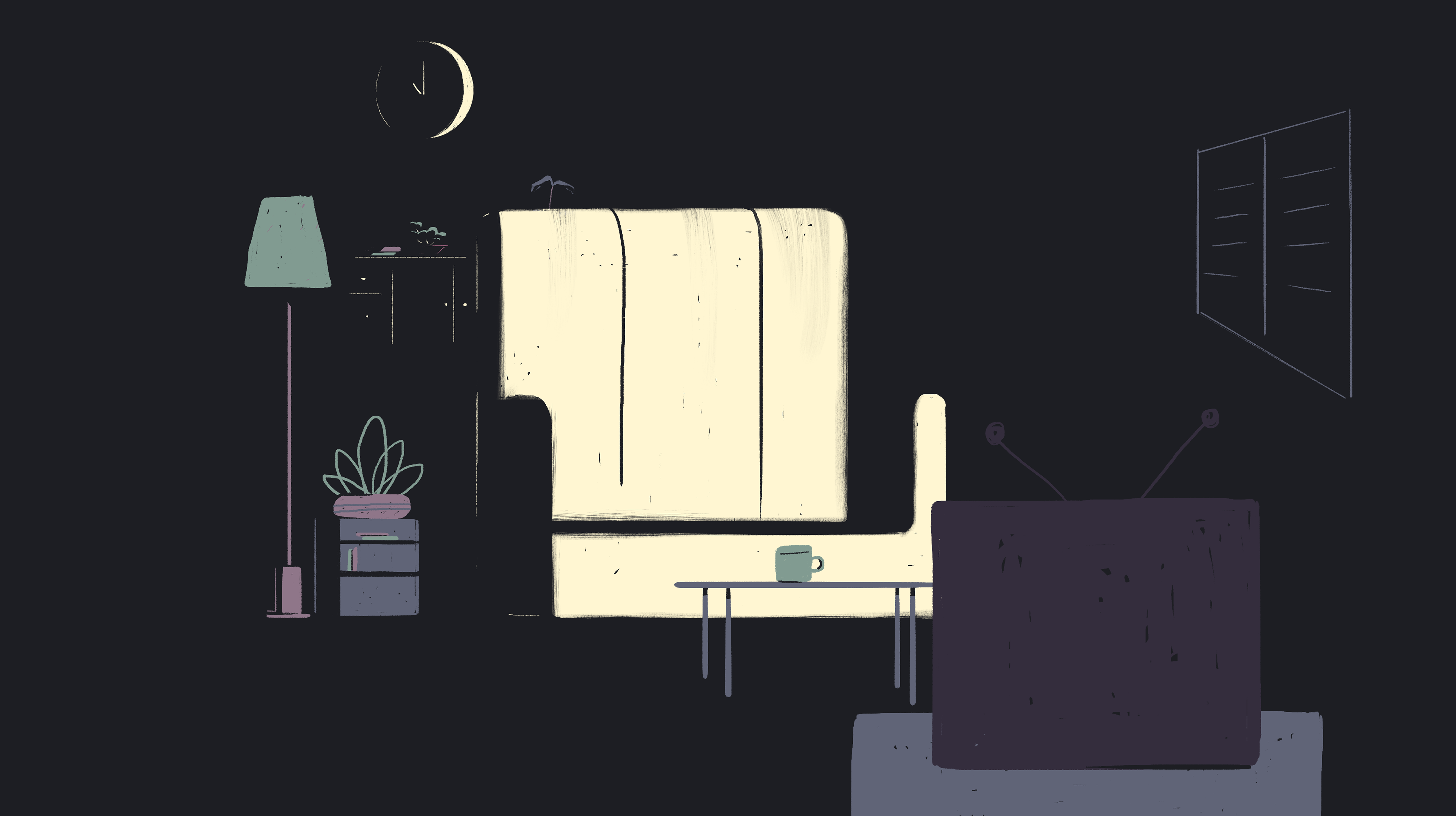
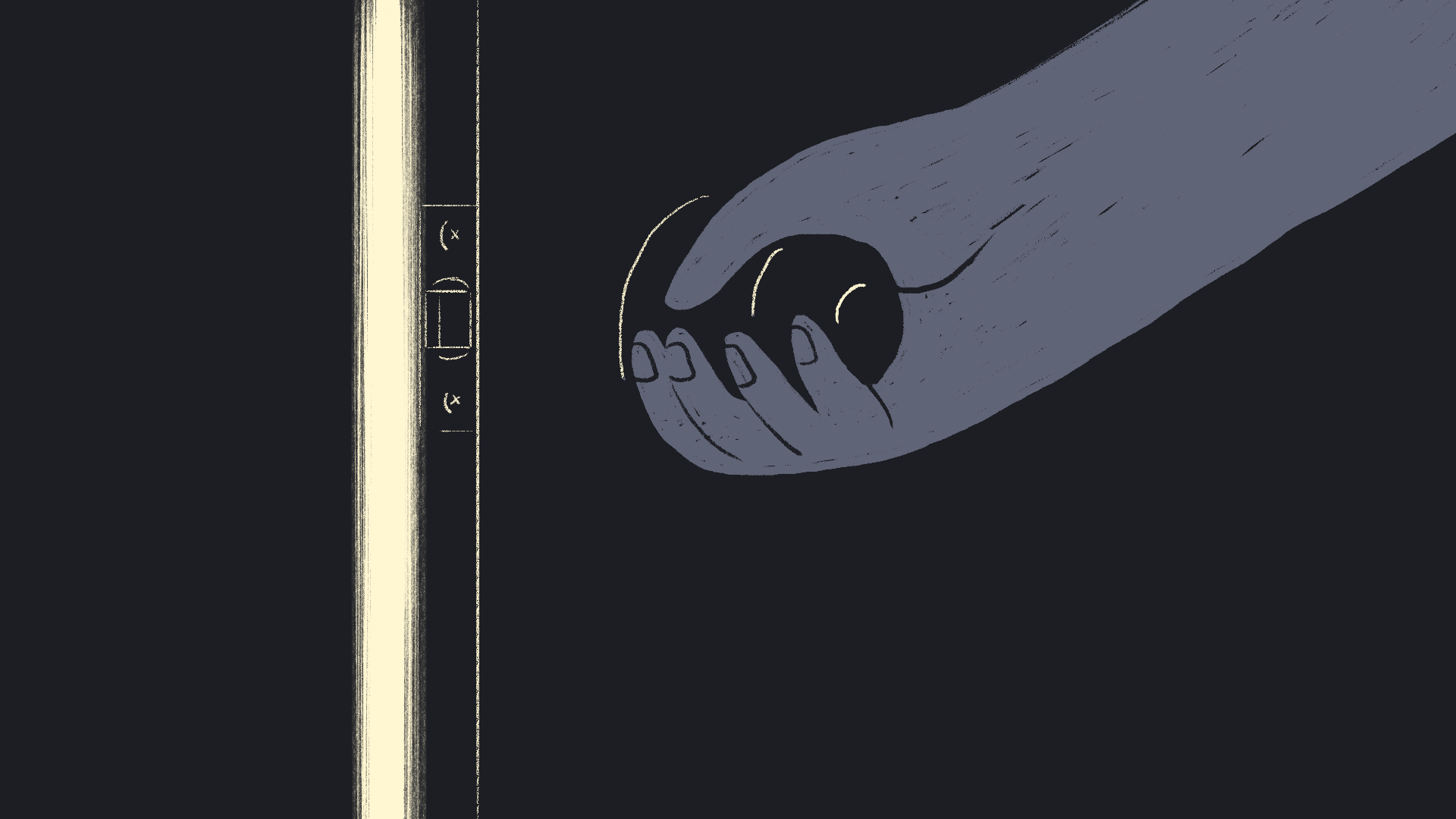

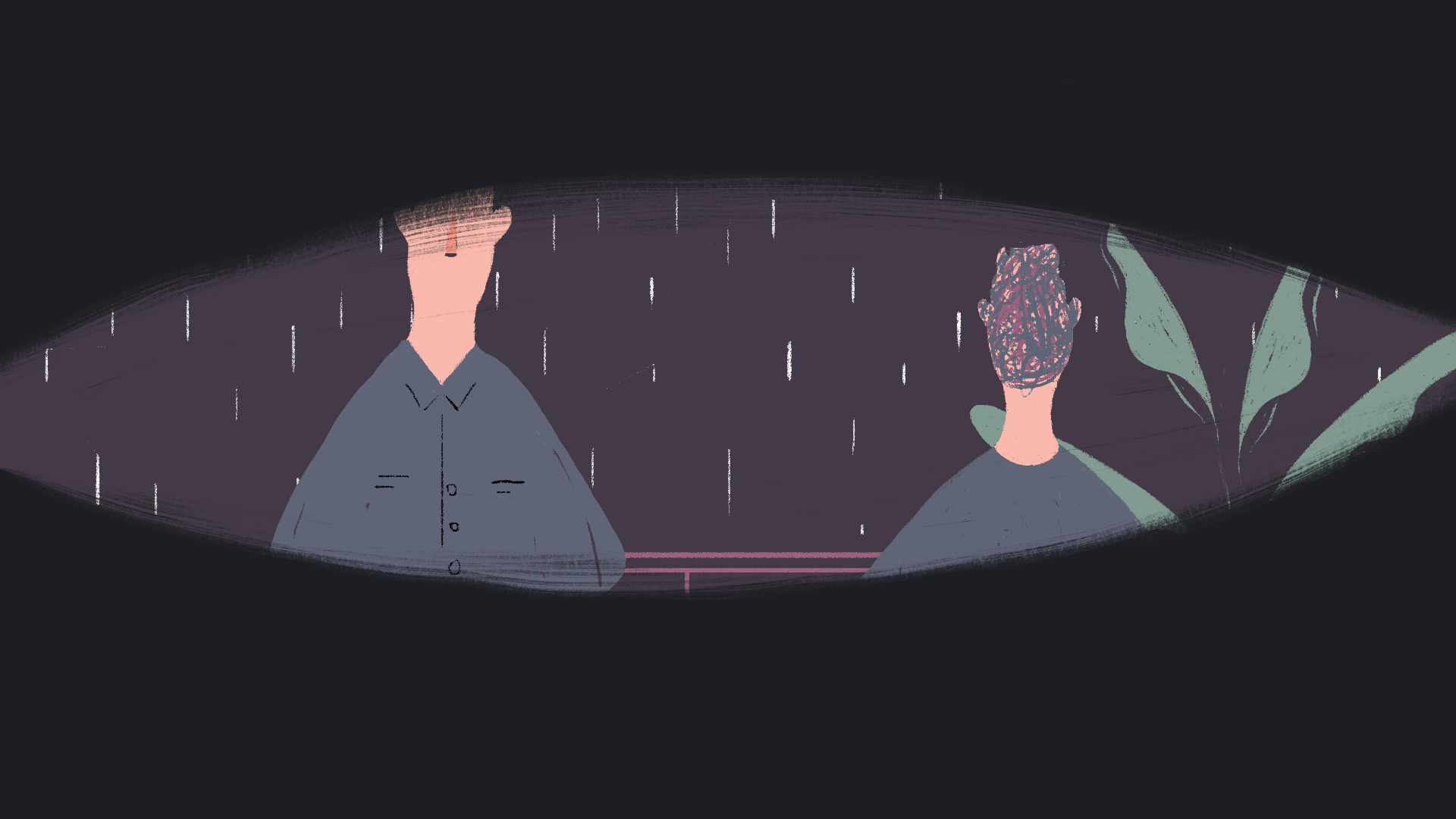
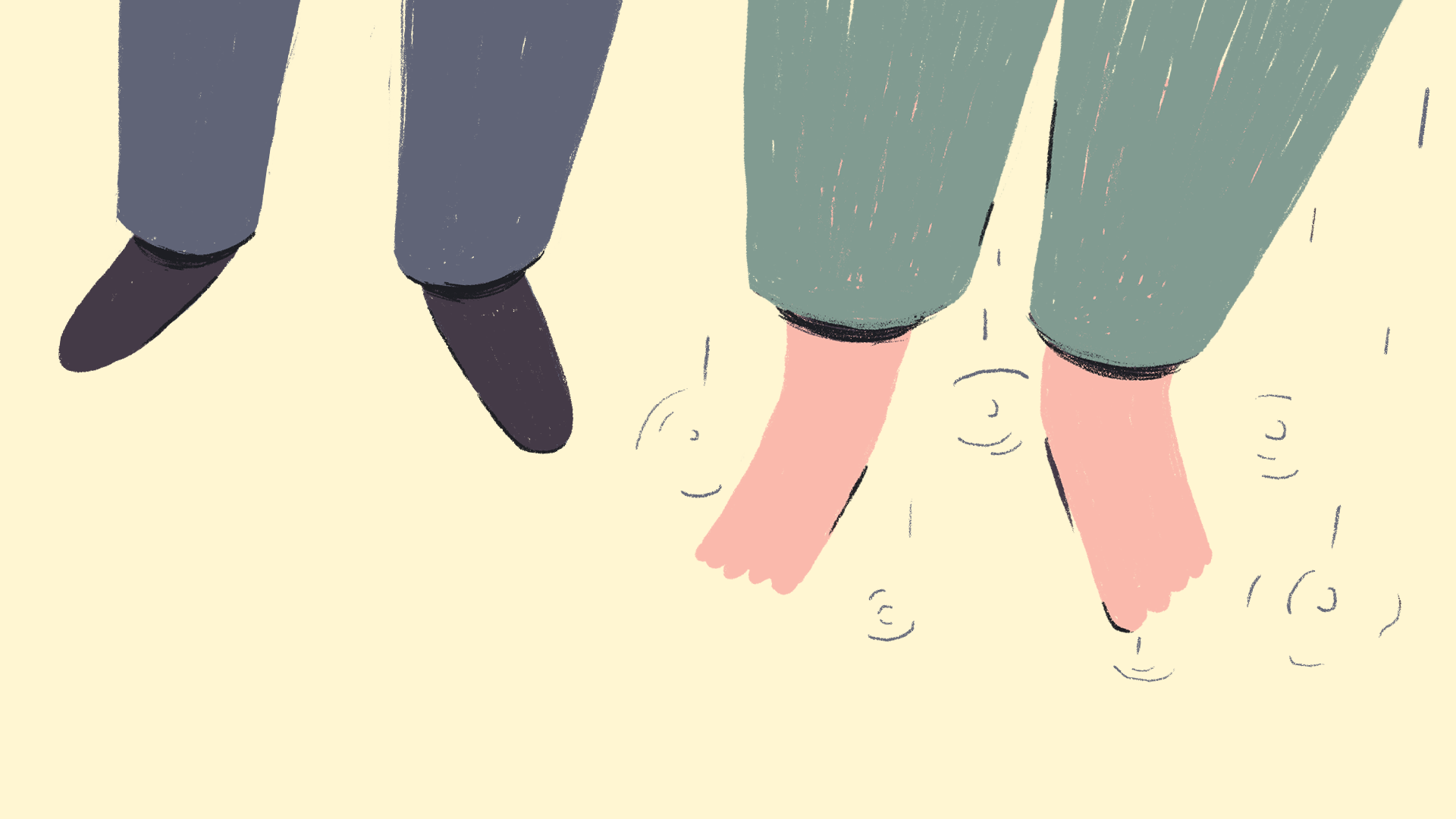
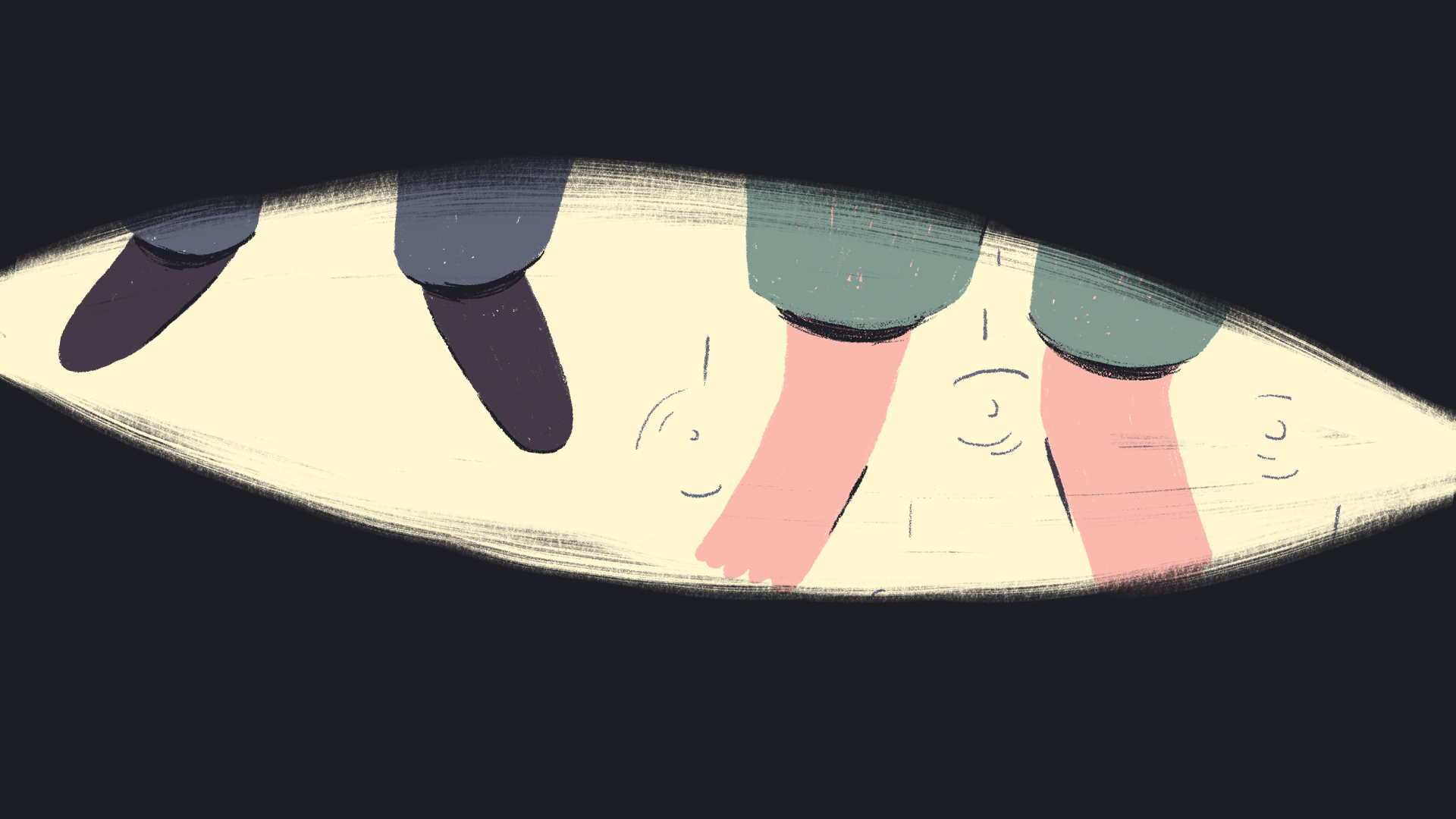
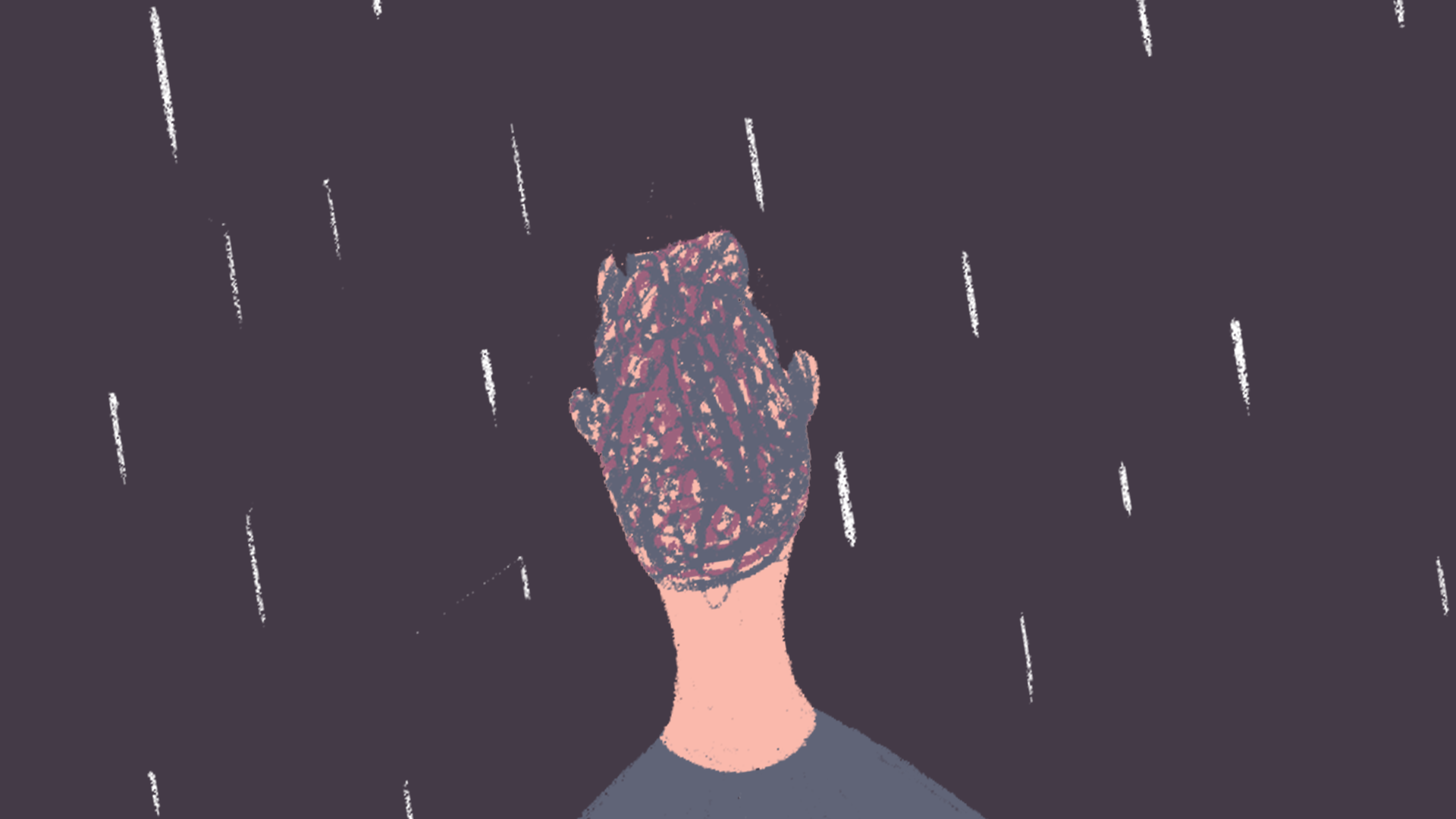
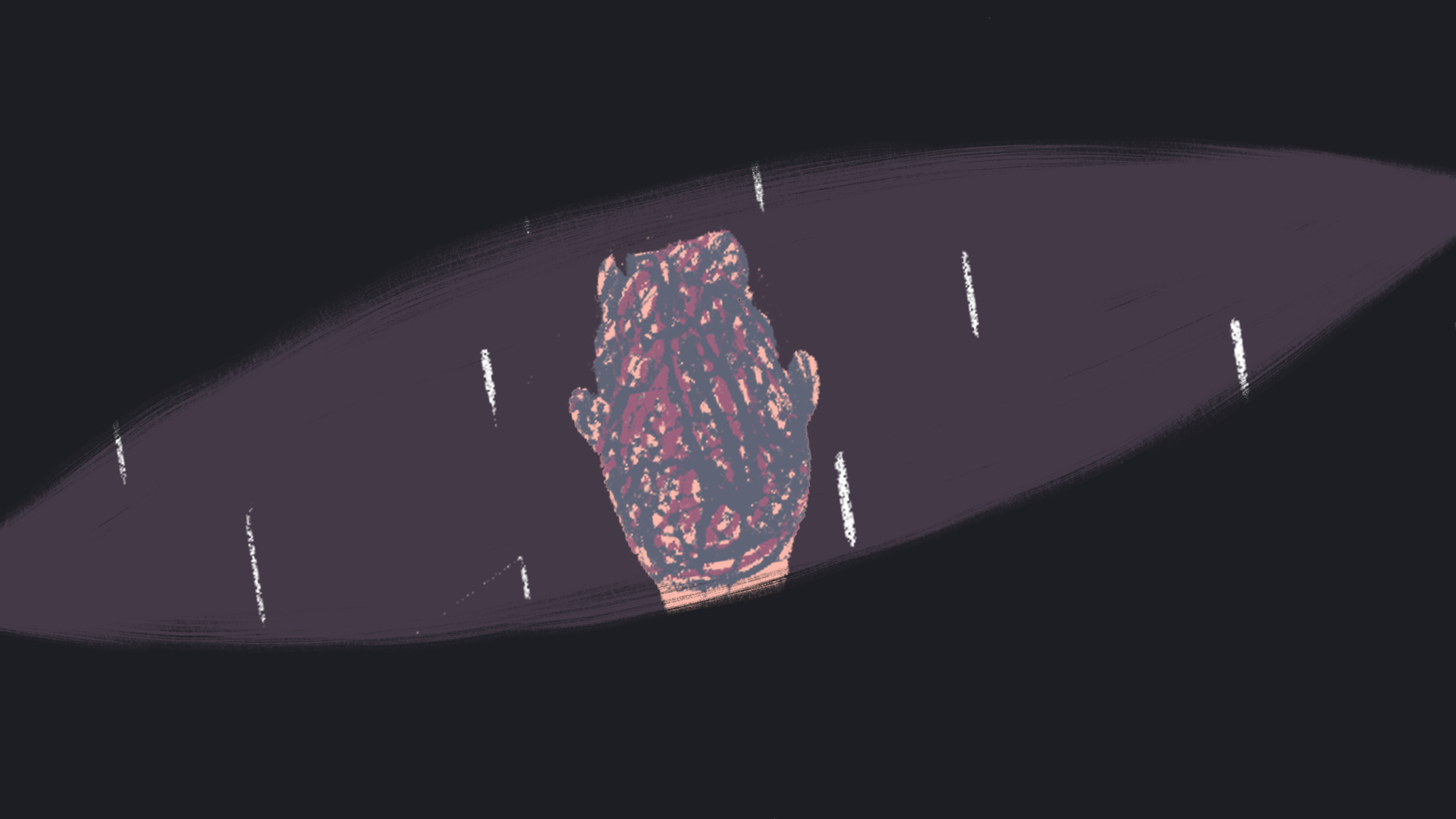
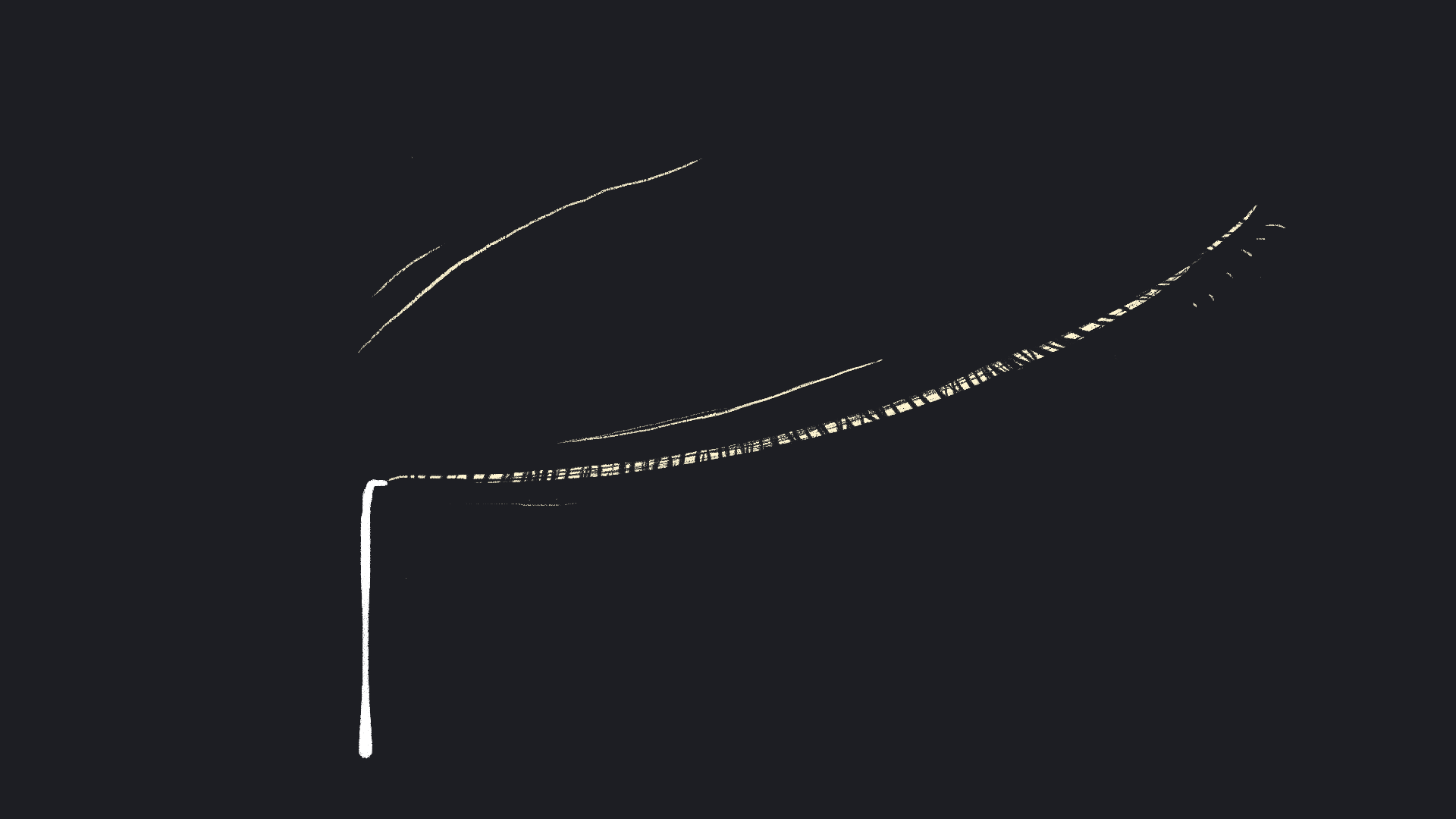
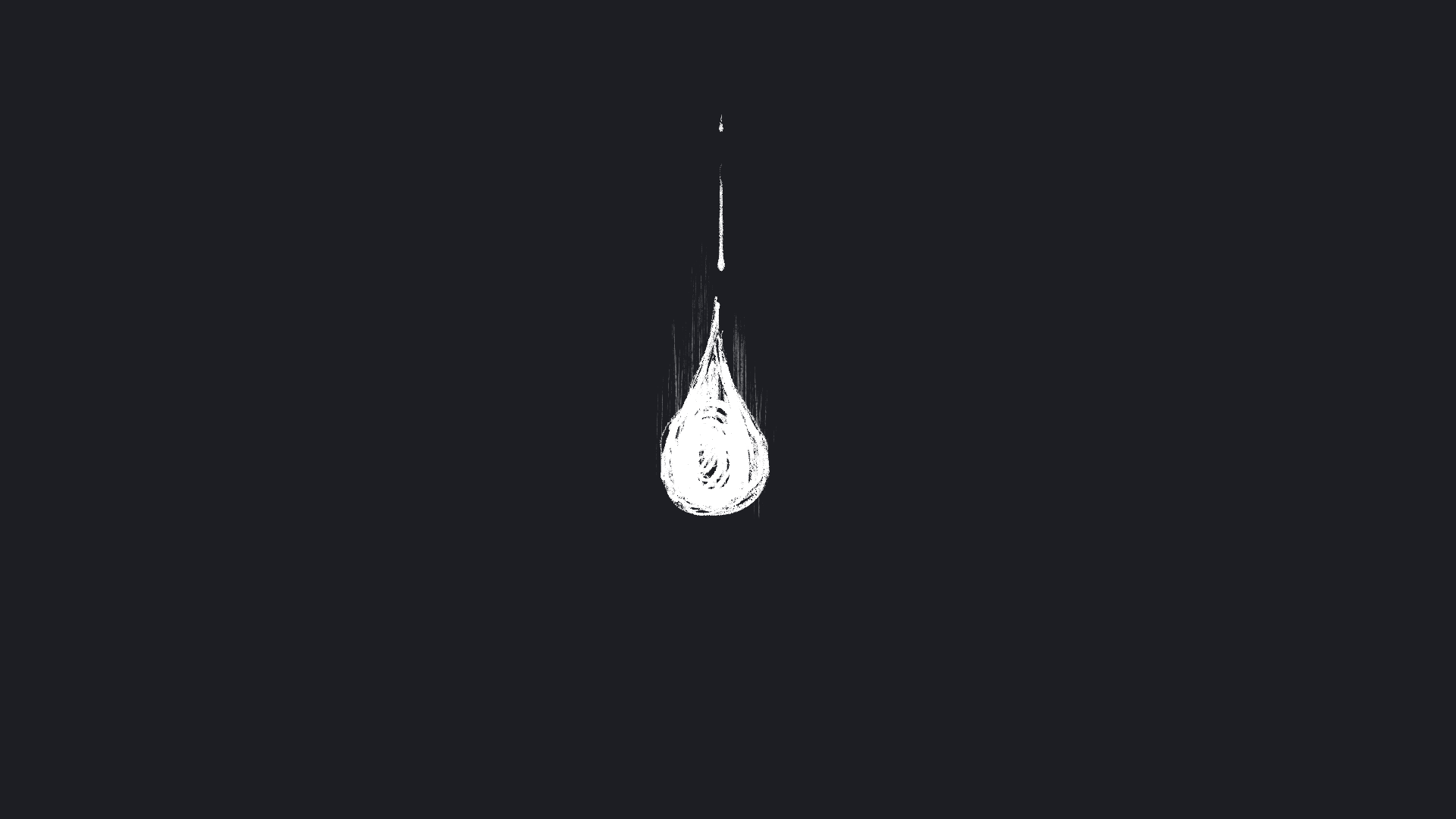
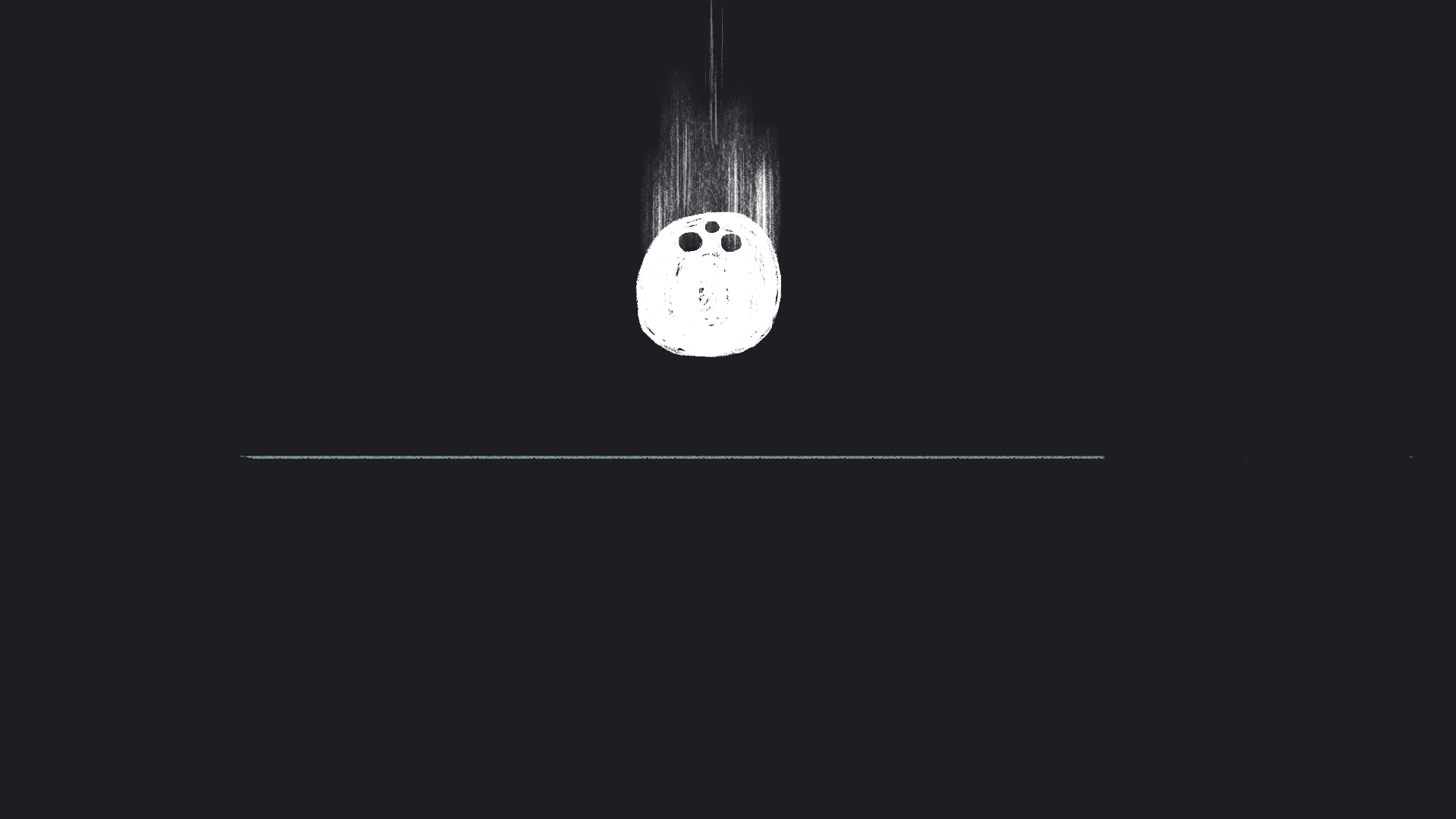

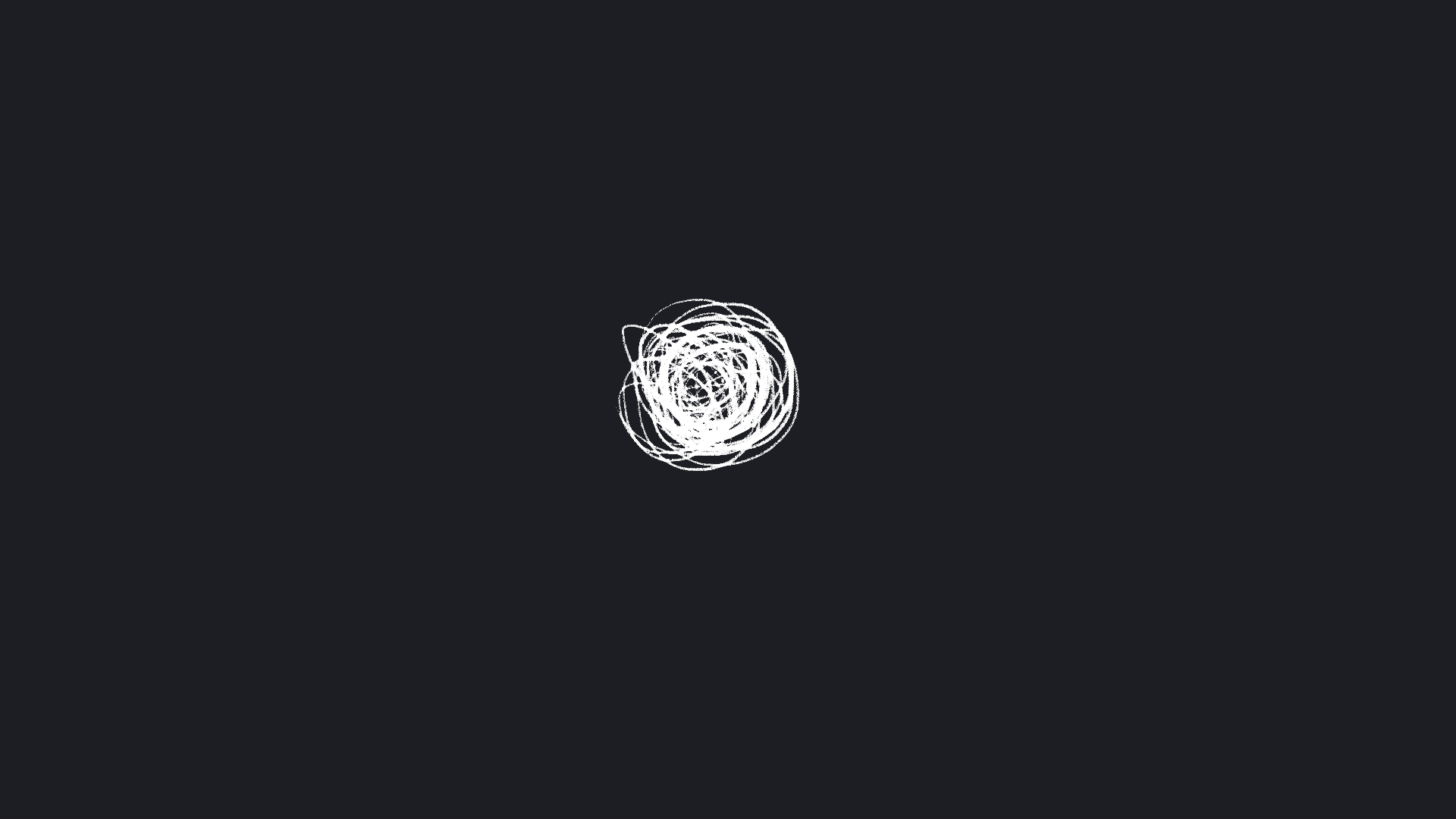






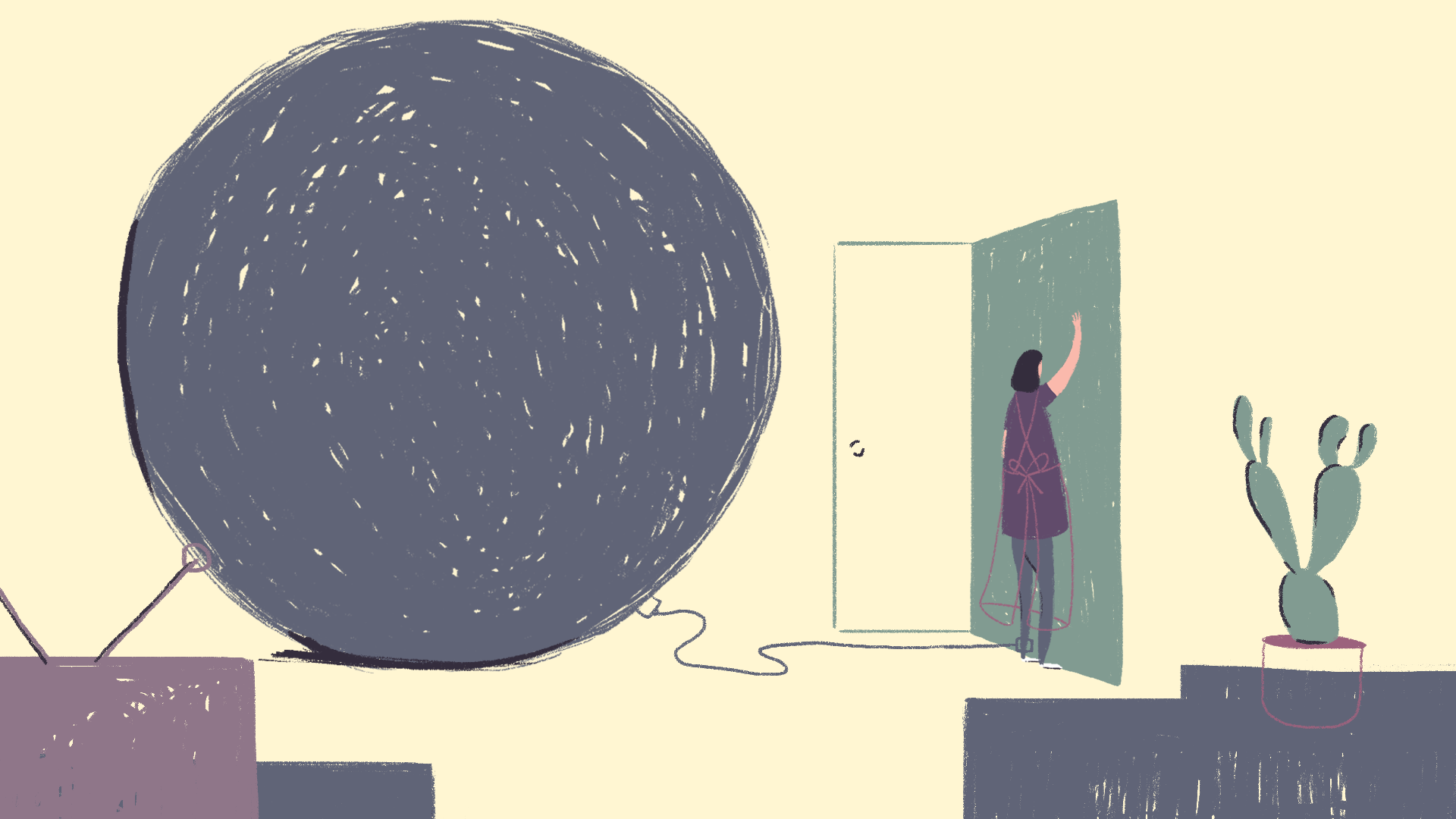

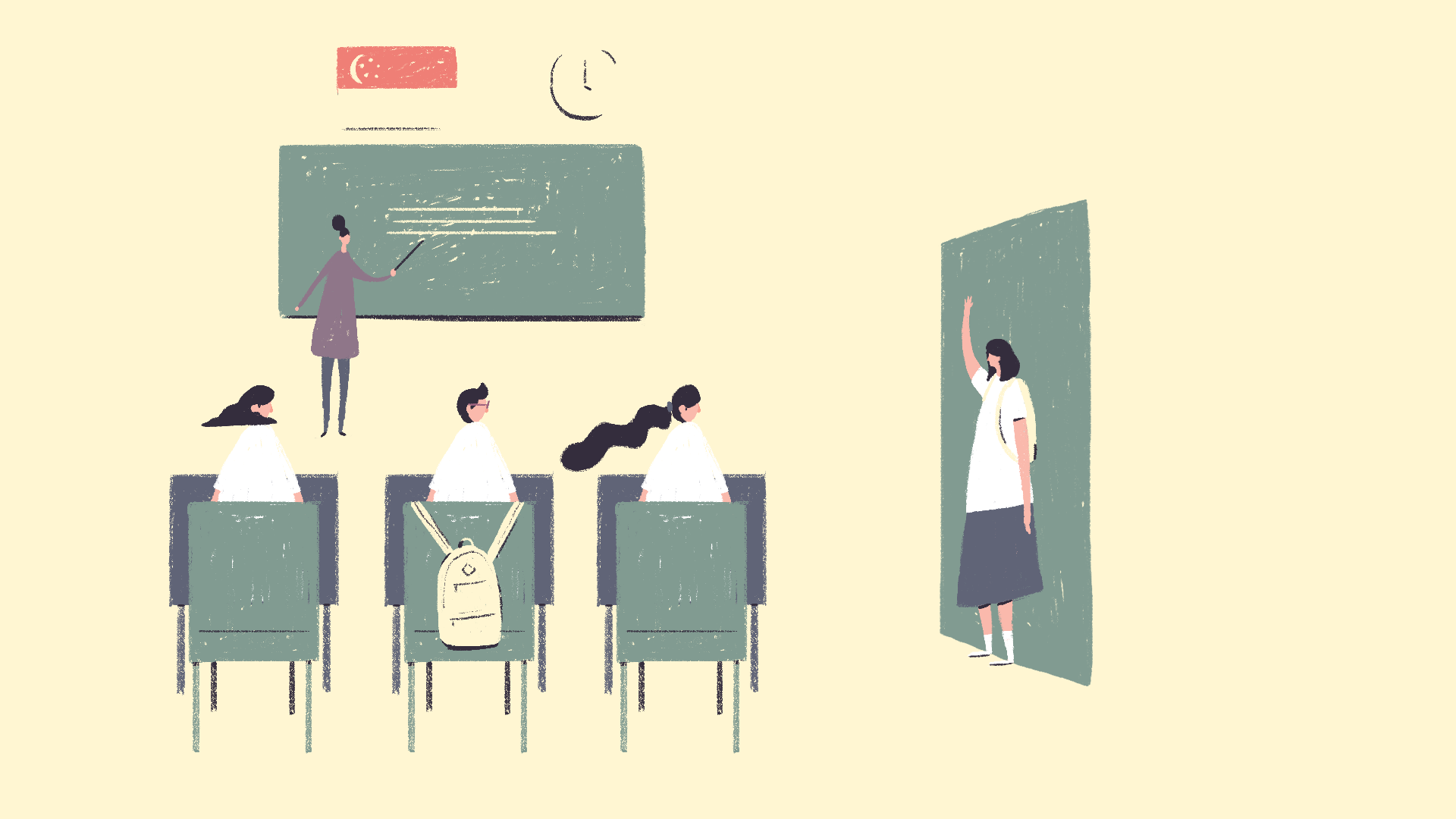
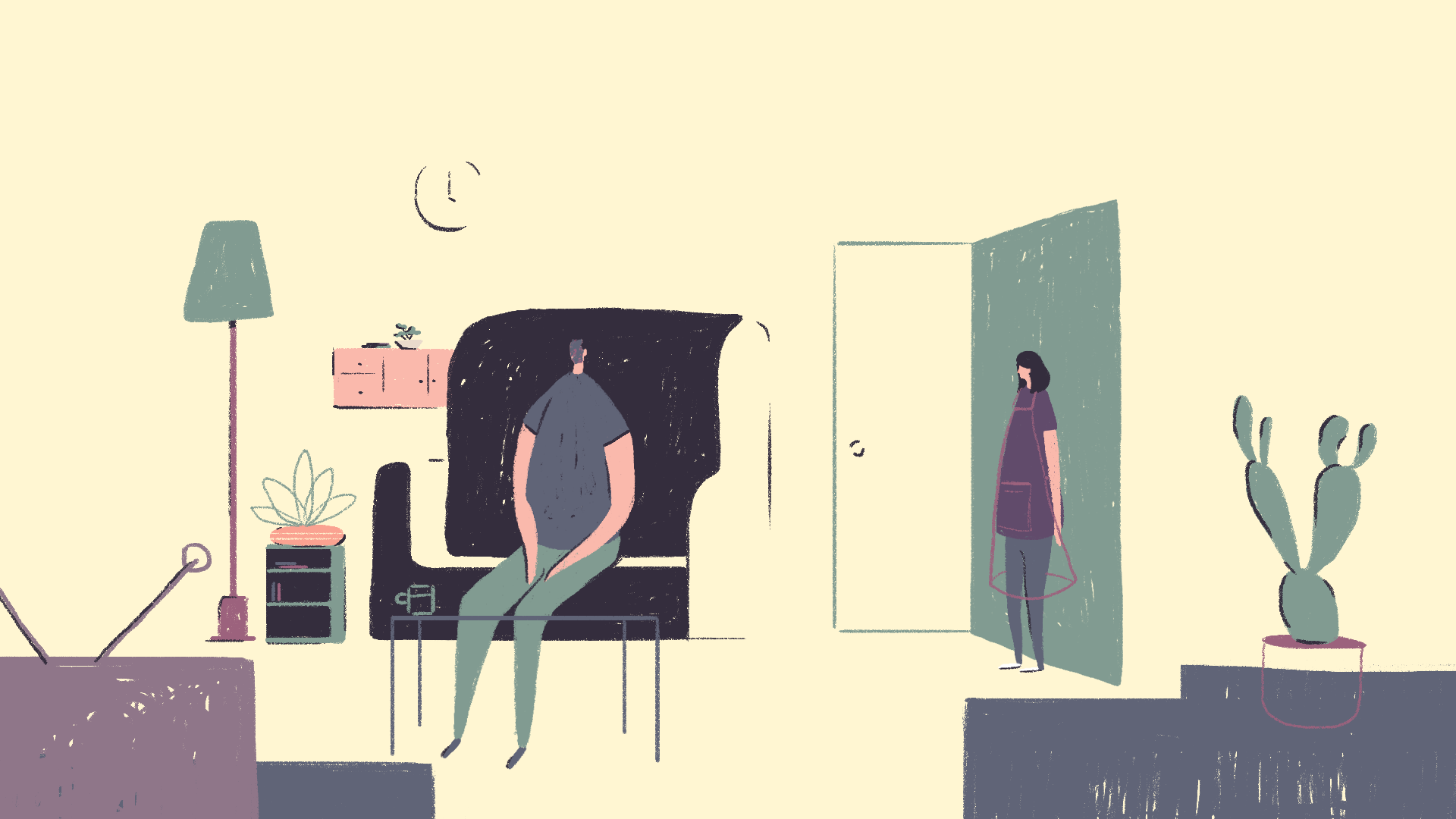


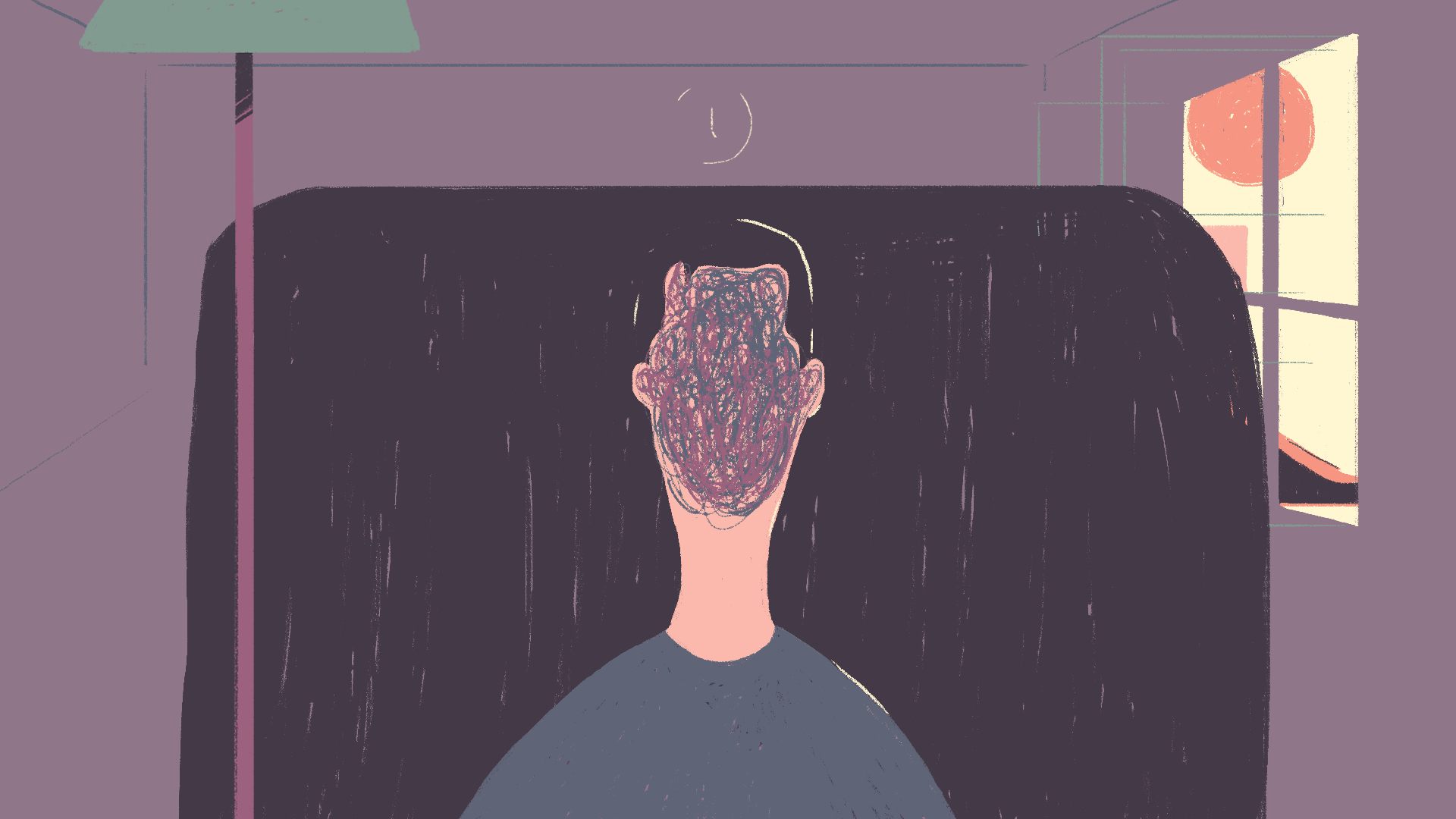


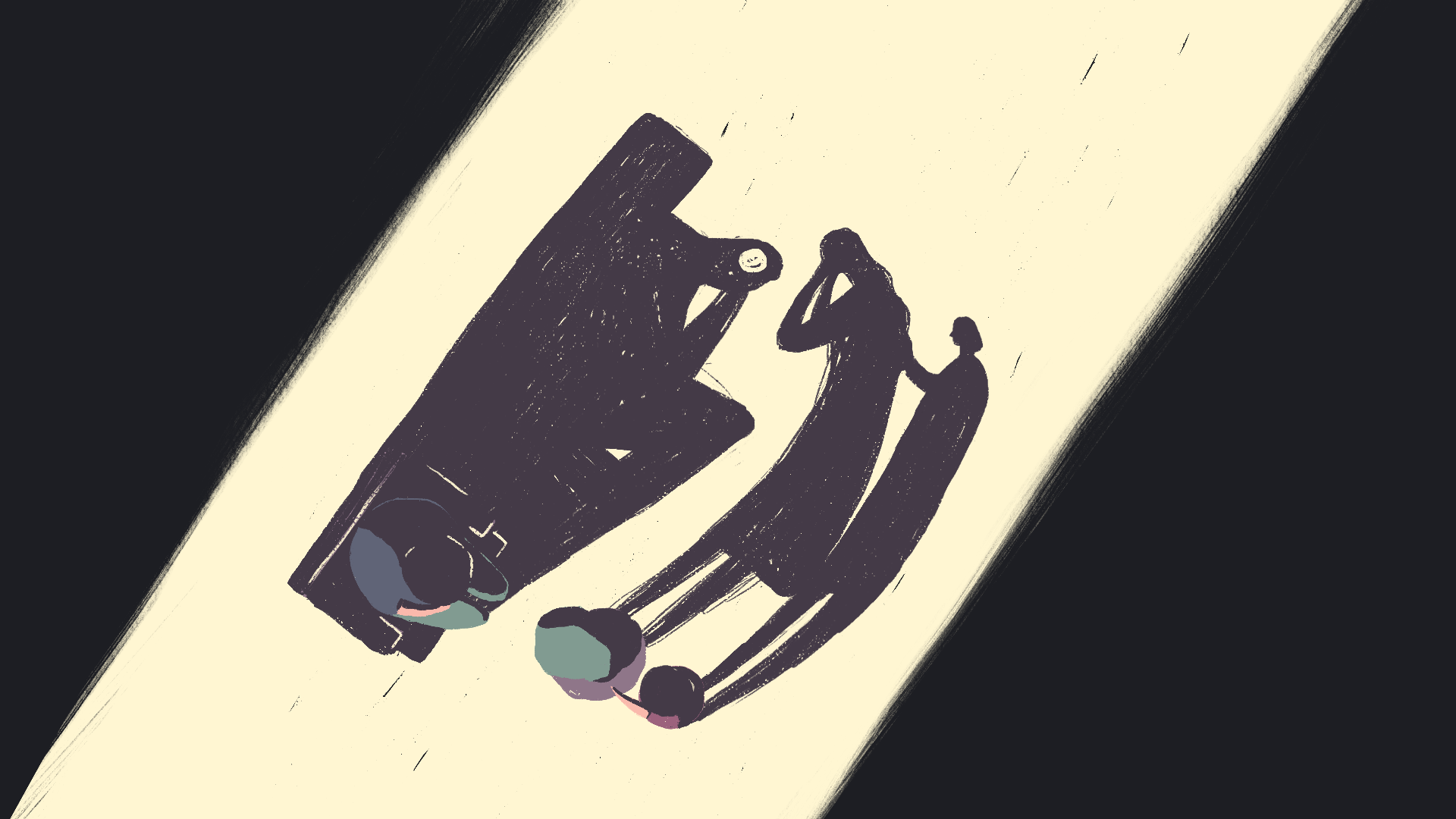
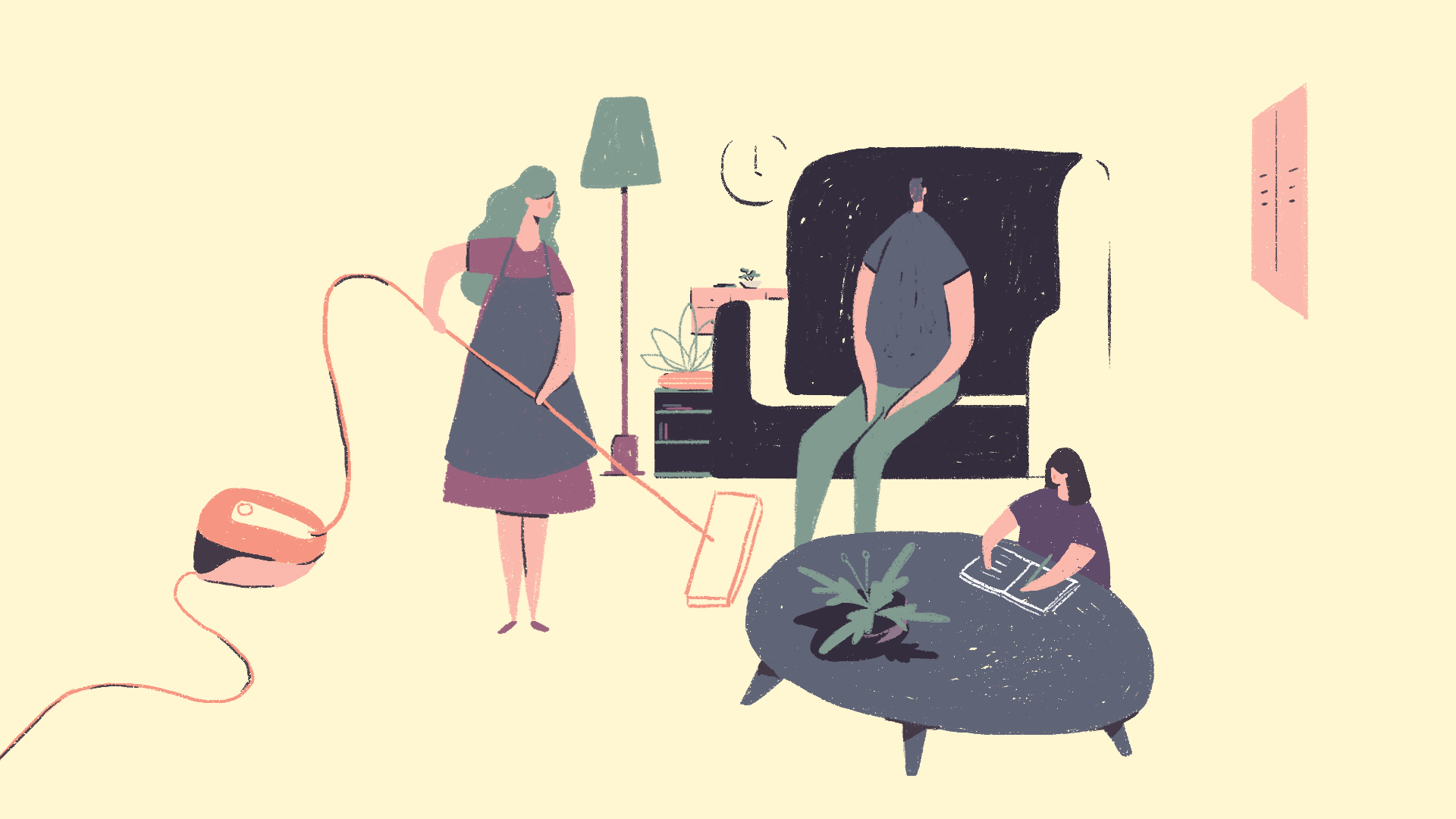
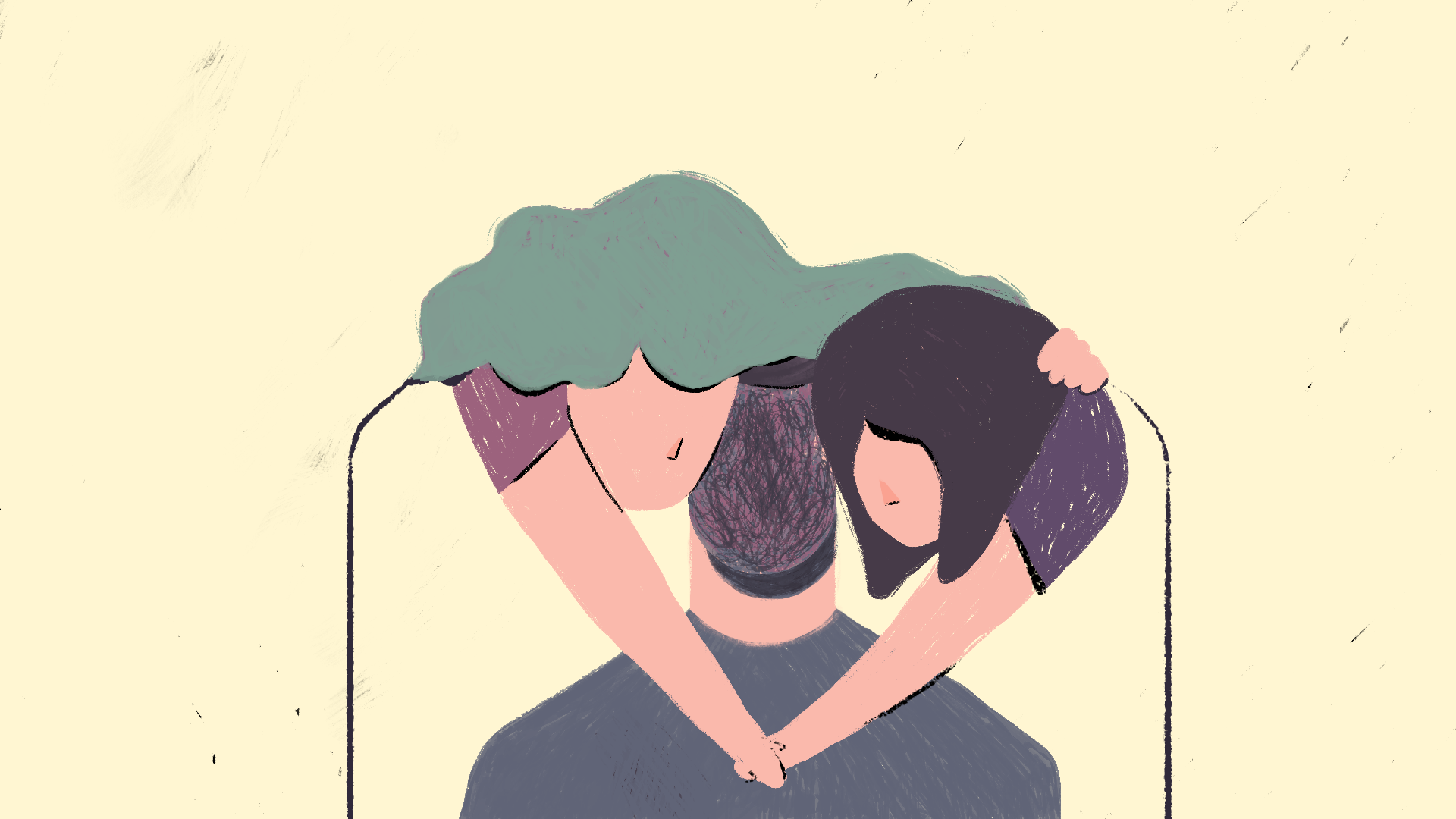
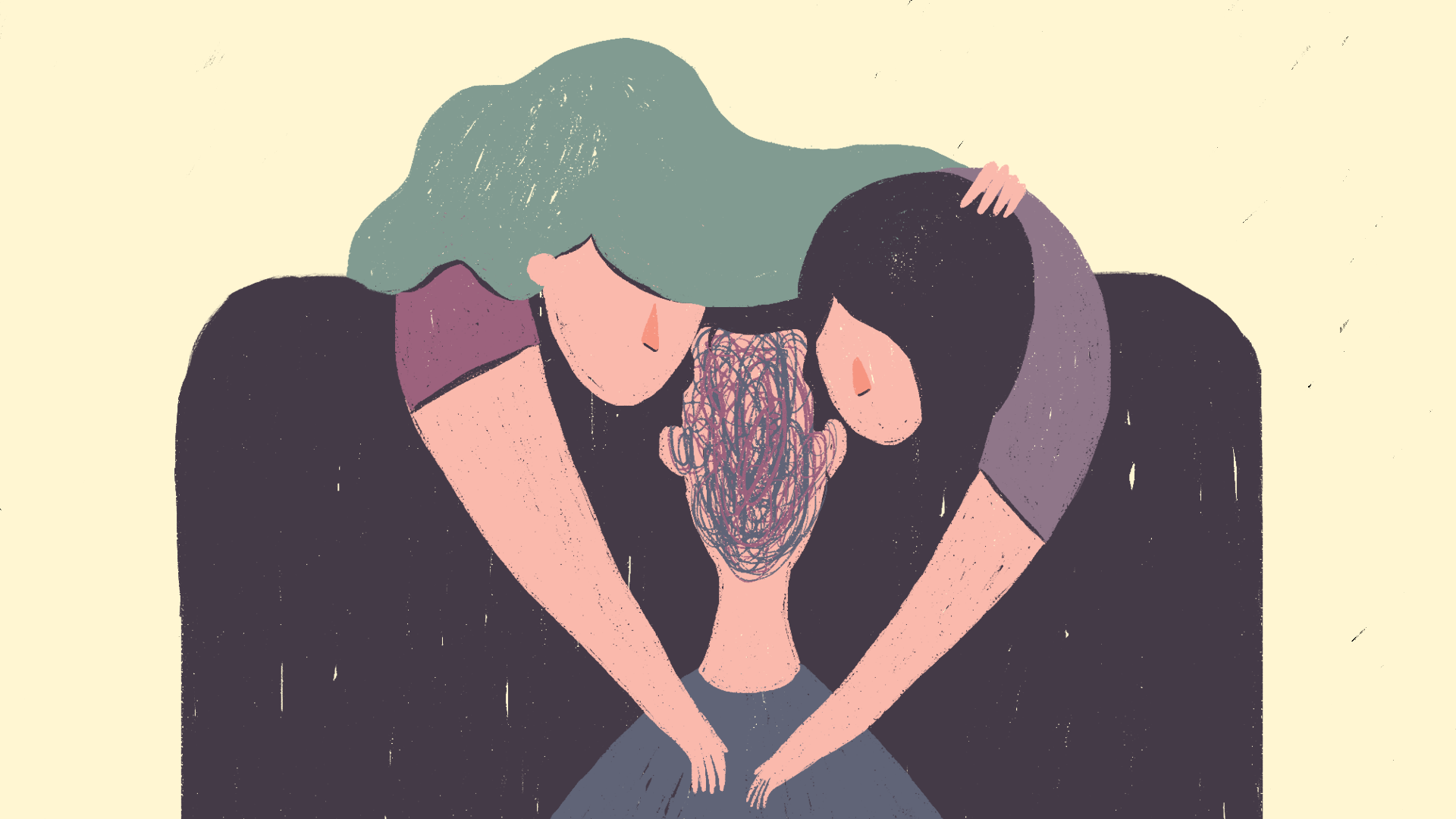
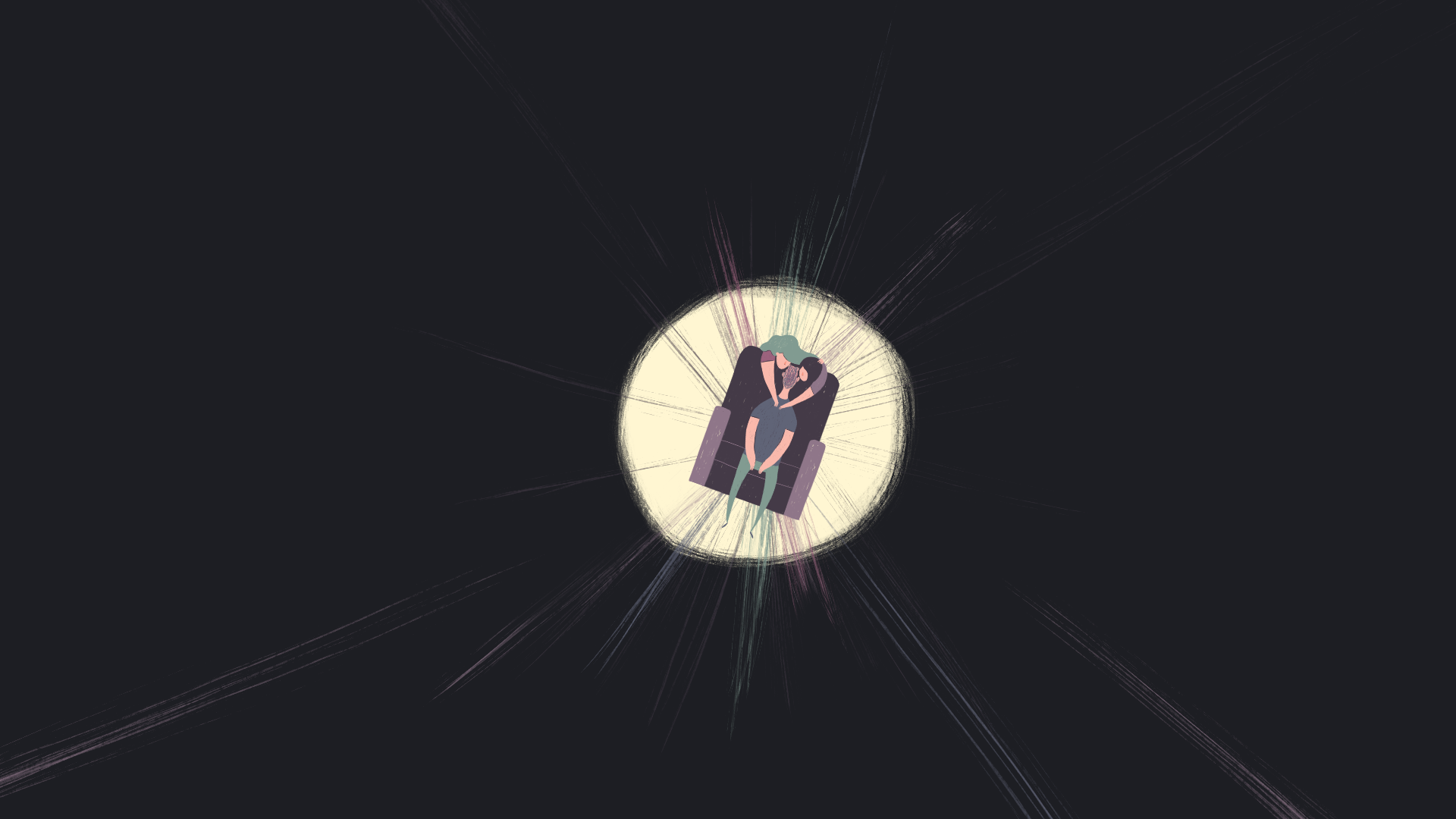
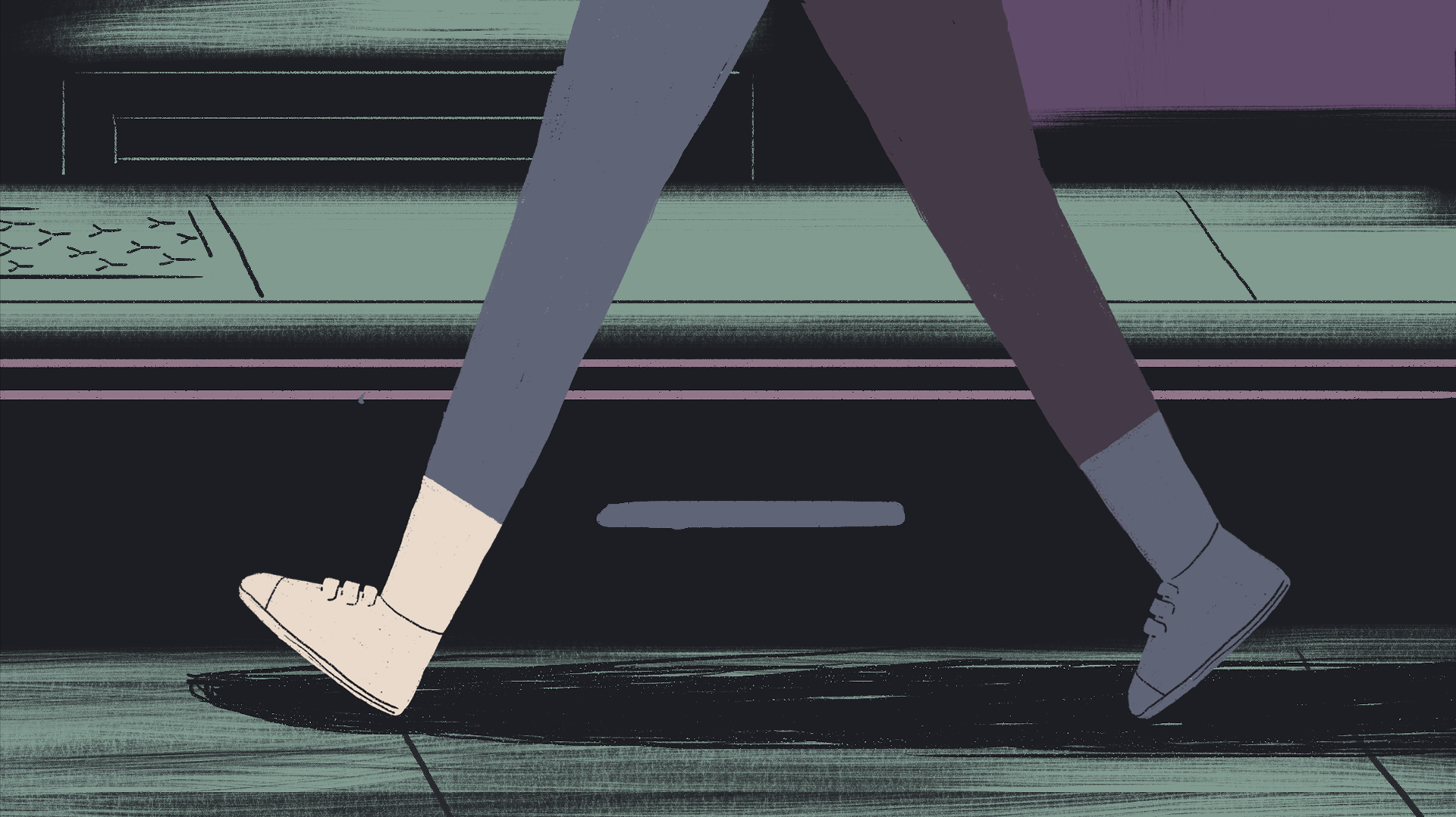
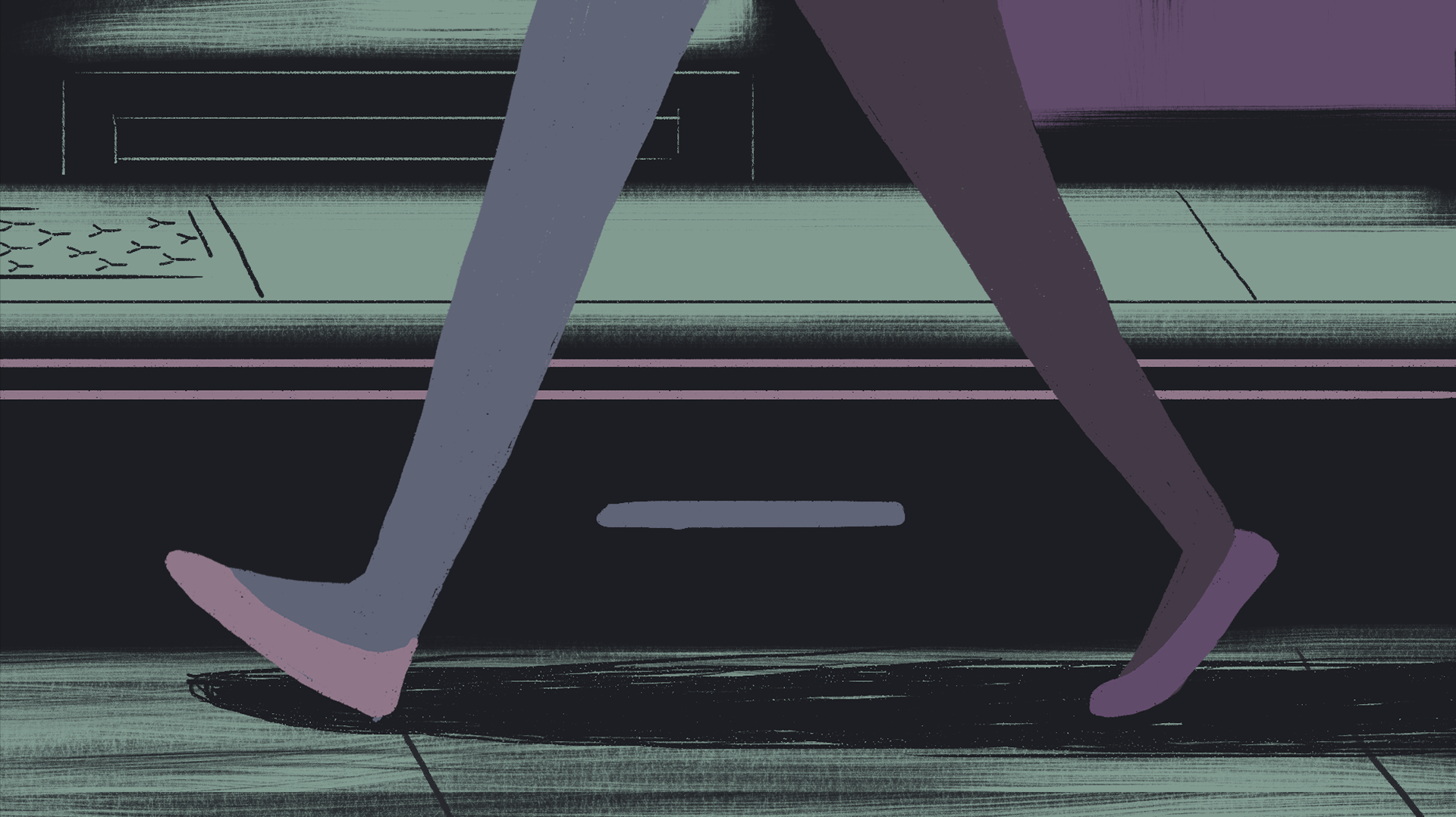
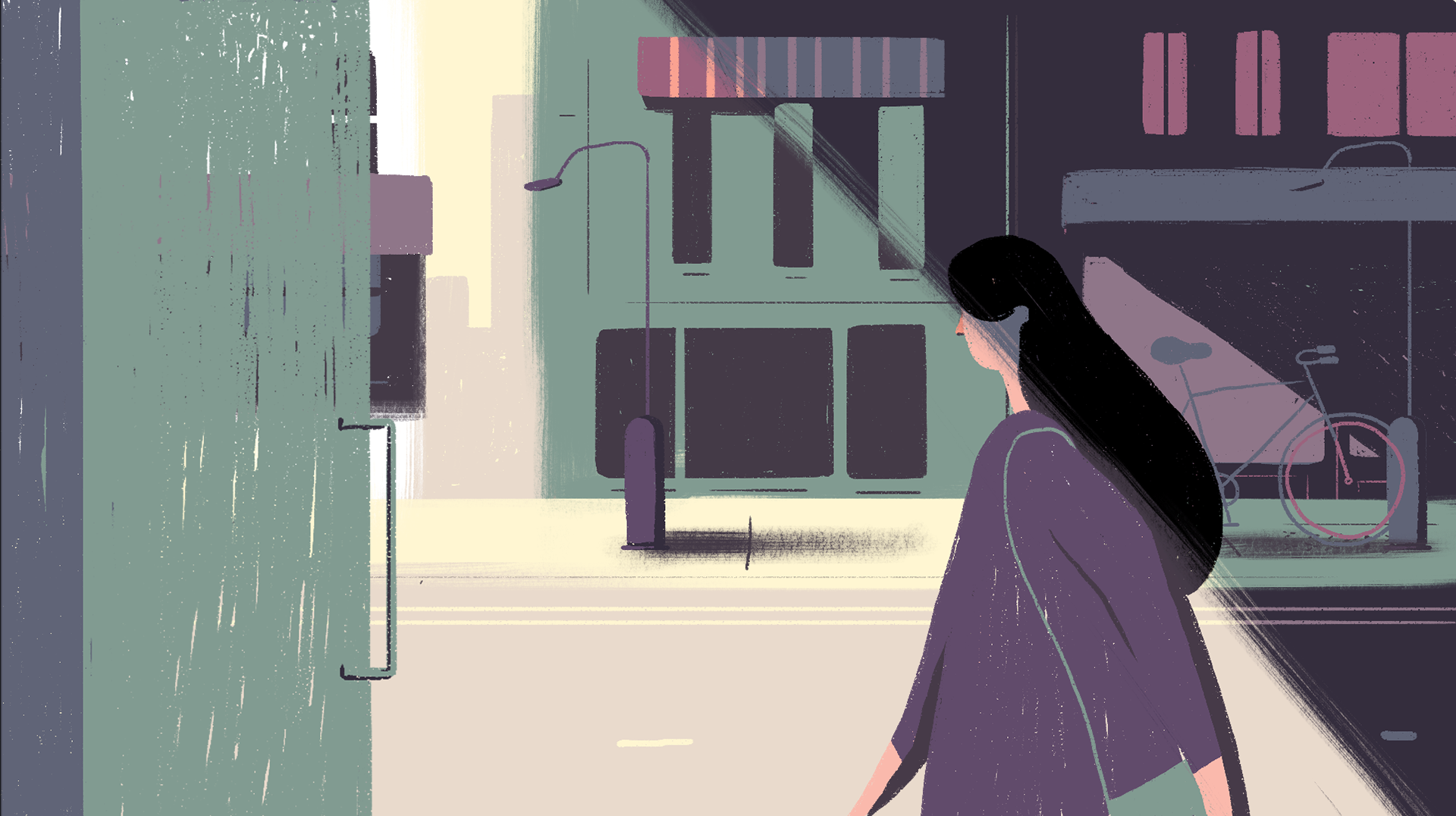
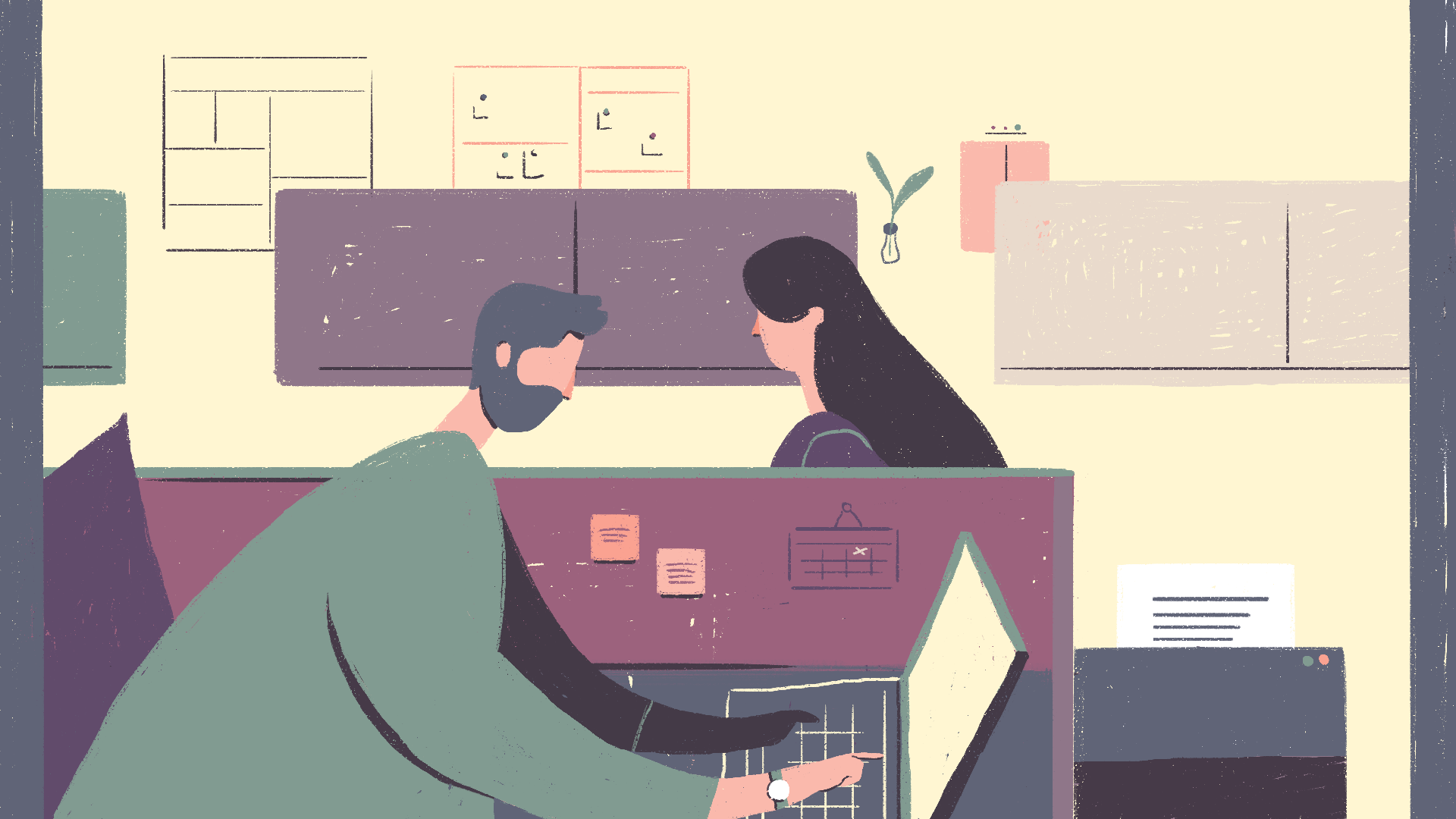


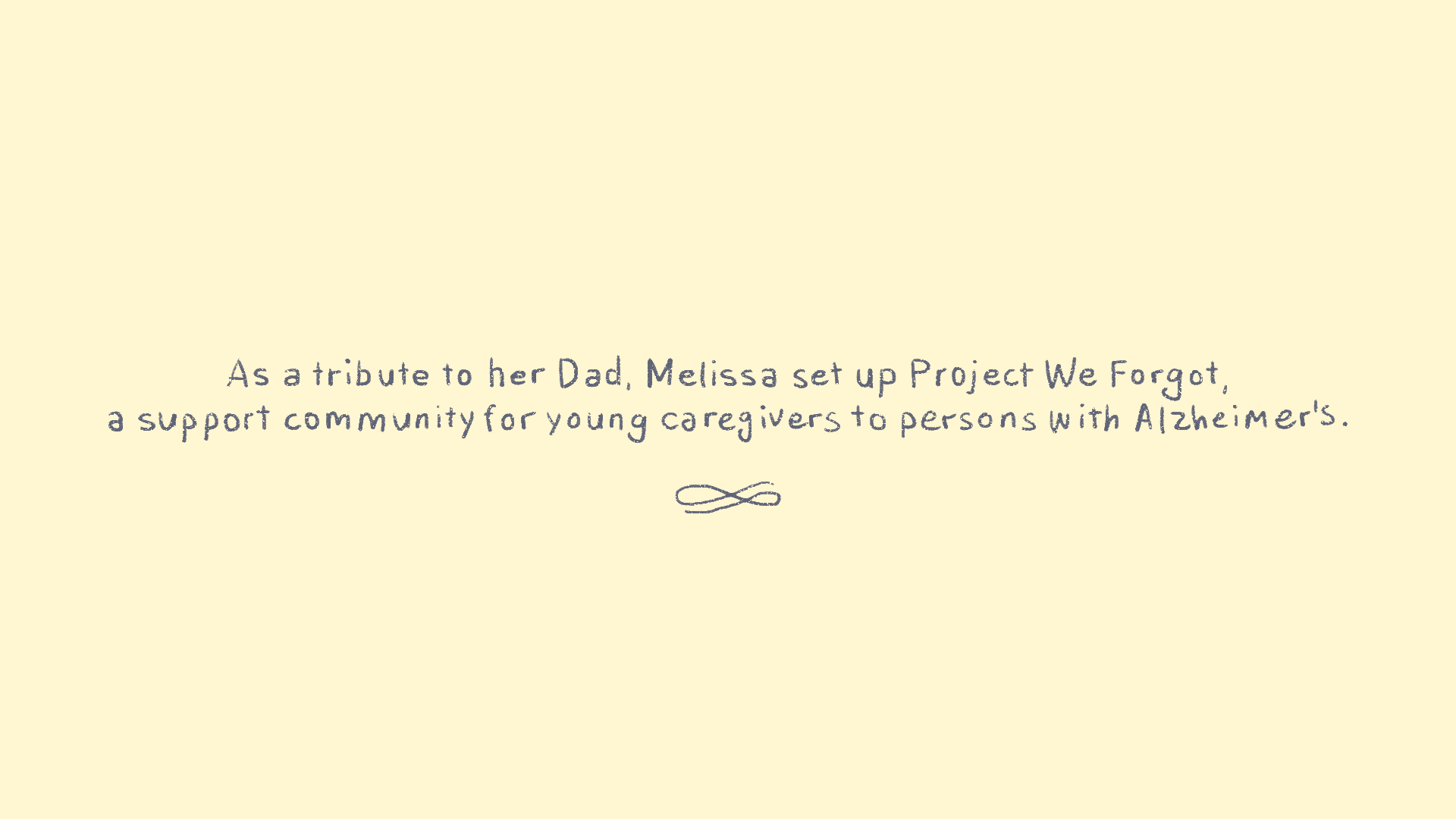
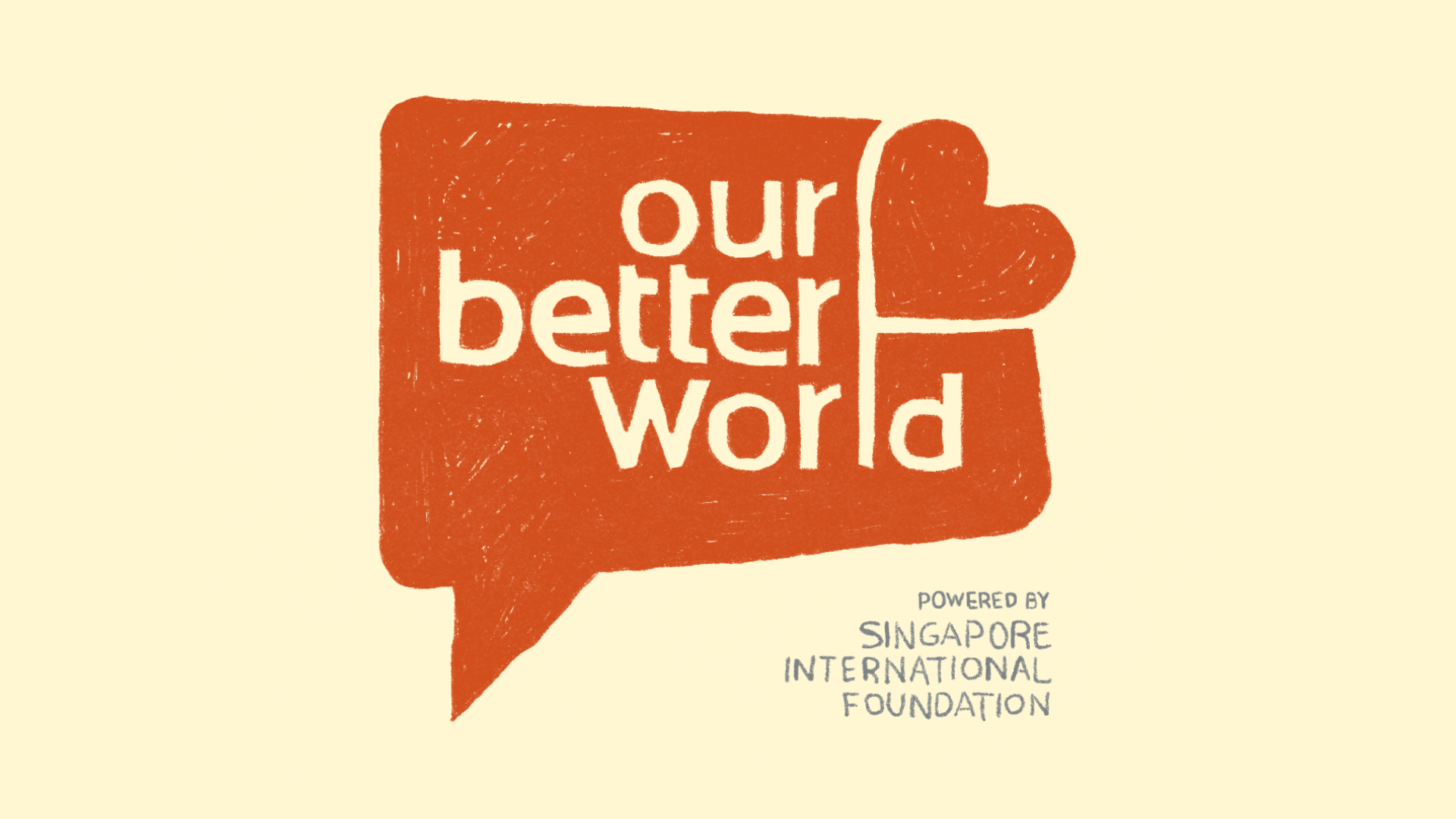
Thought Process:
Possibly one of the most emotionally intense projects that I have worked on so far. Looking back at all the projects that I have done in my portfolio, they are mostly commercial projects and I never got the chance to work on such a meaningful project until recently.
This project has been special to me in many ways, particularly in my approach towards making the animation. Having only the experience from working in motion graphics companies, it is rare that we have any projects that could match the emotional intensity such as this one. As it is such a personal story, I made sure not to have any superficiality felt in the video. After hearing the voice over that was so raw and emotional, I was more concerned in being able to bring out that same sincerity in my visuals rather than focusing too much on the aesthetics. To remove any superficiality and to be sincere, meant the design has to be expressive and does not feel "cold" by using a lot of generic icons as visual representations. Each element were hand painted in photoshop instead of using illustrator.
Initially, I began the design using illustrator as I have always been for all motion graphics project and also because it is easier to animate using illustrator assets later on in After Effects. After creating the first style frame, it felt wrong. The nature of illustrator always results in something that is perfect, clean and rigid. Very icon-like. Even if I used the turbulent distortion or roughen effect in After Effects, it still felt very rigid. I switched to photoshop and drew out all the style frames, using illustrator only as and when I see that is efficient, not only was I able to get the look I want faster, drawing instead of using pen tool helped me to achieve the expressive look better. Melissa's childhood wasn't perfect and it only seem right that my visuals and animation shouldn't look perfect as well.
Techniques:
Most of the time I used illustrator because it is faster and it does not pixelate no matter how much I abuse it. For this project it was faster to achieve the expressive and organic look by drawing in photoshop. While it was important to get the visuals to look right and organic, it was still ultimately a solo project and I had to combine classical animation technique with After Effects animation so that I can deliver the project on time or make any changes easily. Pure classical animation would be too risky for a two and half month's work, especially when there is only a team of me, myself and I. I used a lot of looping effect in After effects to save time and as well as to achieve a traditional animation look.
For example the quarreling heads below, I created only one head design that is shouting. The rest of the animation was done in After Effects: looping, position and rotation. In case the timing is not right or my client wants to lengthen the quarrel, it can be easily done by shifting the animation keys in the software, instead of drawing more frames.
Creating Emotional Connection:
To make sure I was in the same headspace as Melissa while she was recalling and narrating her letter, it helped that Our Better World provided me some details about her as a person. Researching on the disease and time traveling back to the experience I had with my own relatives who have or had dementia (because one of them passed on as well) also helped me in creating the appropriate visuals that represent the emotions correctly for each scene. Recalling my own experience and researching the disease, in a way was sort of like method acting, that could help me relate to Melissa and her dad better and so produce an animation that felt as if it's my own story when it's not.
I am also aware that not many people have such an experience in their childhood or have encountered relatives with dementia, so I used quite a bit of visual metaphors to help bridge in that experience to the viewers so that it is less alien to them. Taking on such a project has made me learn quite a bit about the disease and treasure the health that my family has. It is very easy to slip into our own bubbles when you are too busy working hard. Stories such as Melissa's story, are also not really published in the newspaper and it may be hard to know about such conditions, which was why this project has become especially meaningful and rewarding to work on. It was fun! So hopefully I get to do this type of project again.
---------------------------------------------------------------------------------------------------------------------------------------------------------------------------------
Commissioned by Our Better World.
Storyboard, Design and Animation: Khoo Siew May
Additional cel animation: Tan Yin
Sound Designer: Nohghani
Executive Producer: Denise Oliveiro for Our Better World
Producer: Grace Baey for Our Better World
Voice Narration: Melissa Chan for Project We Forgot
Special Thanks to Audrey Yeo
Additional cel animation: Tan Yin
Sound Designer: Nohghani
Executive Producer: Denise Oliveiro for Our Better World
Producer: Grace Baey for Our Better World
Voice Narration: Melissa Chan for Project We Forgot
Special Thanks to Audrey Yeo